Critical to Internet Girl — and critical to this moment in creative expression — their visuals are a big, big deal. I haven’t seen something quite so articulated or refined from a South African band in a long time, and it is clear that Internet Girl understands the necessity of a visual impact, or to be crude in the music sense, the power of ‘branding’. Gone are the days when we pretend that the greatest performers aren’t the result of a team of creatives, designers, and strategists shaping every element of their public persona. It’s great to see Internet Girl doing this, and retaining every ounce of authenticity that their band was founded upon.
On their visual direction, and in particular reference to their video ‘Pull Up’, TK exclaims, “shout out to Royd! He directed that video and he does most of our socials. We used to go to school with him since grade 5 – Matthew and I — he’s been a big fan of the band and grown with us, so we’re kinda lucky with that. It makes it easier to develop a look and visual world with someone that gets us and sees us,” with Matthew adding that, “It’s so important these days to have a visual world that people can connect to. Our visuals are just as important to us as our sound. Growing up with Royd, we speak the same language creatively.”
James points out, “Yeah, it’s also about conceptual ambition. We want to really try to look at something and be able to take an idea to a new place.” Matthew furthers this, saying “we love to find the seed. FAMILY VALUES is a great example. We wanted this concept where it’s a traditional family home, TK’s this traditional ‘man of the house’ figure, and it’s kind of ironic and tongue-in-cheek, and that’s the seed — and then we bring it to our team, who helps us develop it further. When we’re making music, we are constantly thinking about how we want it to look.” Sometimes, the band explains to me, the visual world is built first and the song comes after — a play on the process that shows just how intertwined their creativity is across mediums.
With a song arriving visually beforehand, Internet Girl’s ethos of dissolving boundaries are also a play on the senses; with eyes to see, sounds to hear and formats to transcend. “That’s always been the MO with me and Matt,” says TK. “We come from a conservative town and we were always the black sheep. We always wanted to be different and make a name for ourselves — create something that was bigger than us or where we come from. I guess that will always be our vision.” James adds, “I think the three of us are interested in tastemaking, if you know what I mean? Shaping what becomes popular, especially what comes out of Africa. We want to show that you don’t have to sound a specific way and that you can really hold your own as an African artist doing this left-field shit.”
In light of their new song release, ‘BOSS’ and their first international tour (to Rennes and Paris, no less and followed by Cape Town and Joburg), Internet Girl are figuring out ‘FAMILY VALUES’. As the title of the tour, I’m reminded of Courtney Love’s scrawled epitaph of ‘family values’ on her tummy in a family portrait with her and Kurt Cobain and their daughter, Frances. A defiant PR stunt to stave off the media frenzy that surrounded their controversial, grunge-pioneering position in the early 90s. Matthew explains, of this conceptual seed, that “Family Values uses our upbringing as a reference — the town we grew up in, where the values were very much around going to church, getting married, having children and so on. Strangely, it really aligned with the US elections and this conservative swing and red wave that’s happening. TK is depicted as this ‘traditional man’ trope with the big rifle, the trophy wife and so on,” and James notes that “yeah and it’s ironic in that way. Even with the whole conservative thing, it’s a reinterpretation of it.”
Following the success of their June 2024 Role Model release and the band’s commitment to themes of rebellion, anti-heroism, and self-discovery, the Family Values Tour comes off the back of the six-track EP that has amassed millions of streams globally. The South African leg of the tour will feature performances from local acts including Brotherkupa, Neese (Matthew’s solo act), Twenty One Children, Franadilla, Tactix, and Cistamatic — with TK sharing that “we really wanted a show that is ours and features people that we think are cool — and we really want to make something that’s a little different. There’s so many cool artists here doing left-field shit and Family Values is just another place for people to see that.”
Internet Girl are already a big deal, and I think they’re heading for something stratospheric. Knowing who you and what you want is half the battle and the rest is just work — and the trio have an ethic to match, and a team that pushes them further and further each time. James says, “we’ll keep shaping the music, having fun, and writing songs for our friends,” and TK adds, “this is the first end of year that we’re going in with a timeline and a plan.”
Matthew concludes it simply, “we want to be one of the biggest acts to come out of the country. We’ll keep doing what we’re doing and develop the visual world even more. We have a really strong team right now, all sharing a common goal. We’re just going to work hard and see where it goes. I think things are going to be good.”
FAMILY VALUES TOUR DATES:
7 December 2024 – Rennes, France
8 December 2024 – Paris, France
31 January 2025 – Johannesburg, Sognage
1 February 2025 – Cape Town, Alley
Tickets for the Family Values Tour are available HERE
FOLLOW INTERNET GIRL:
Spotify
Tiktok
Instagram
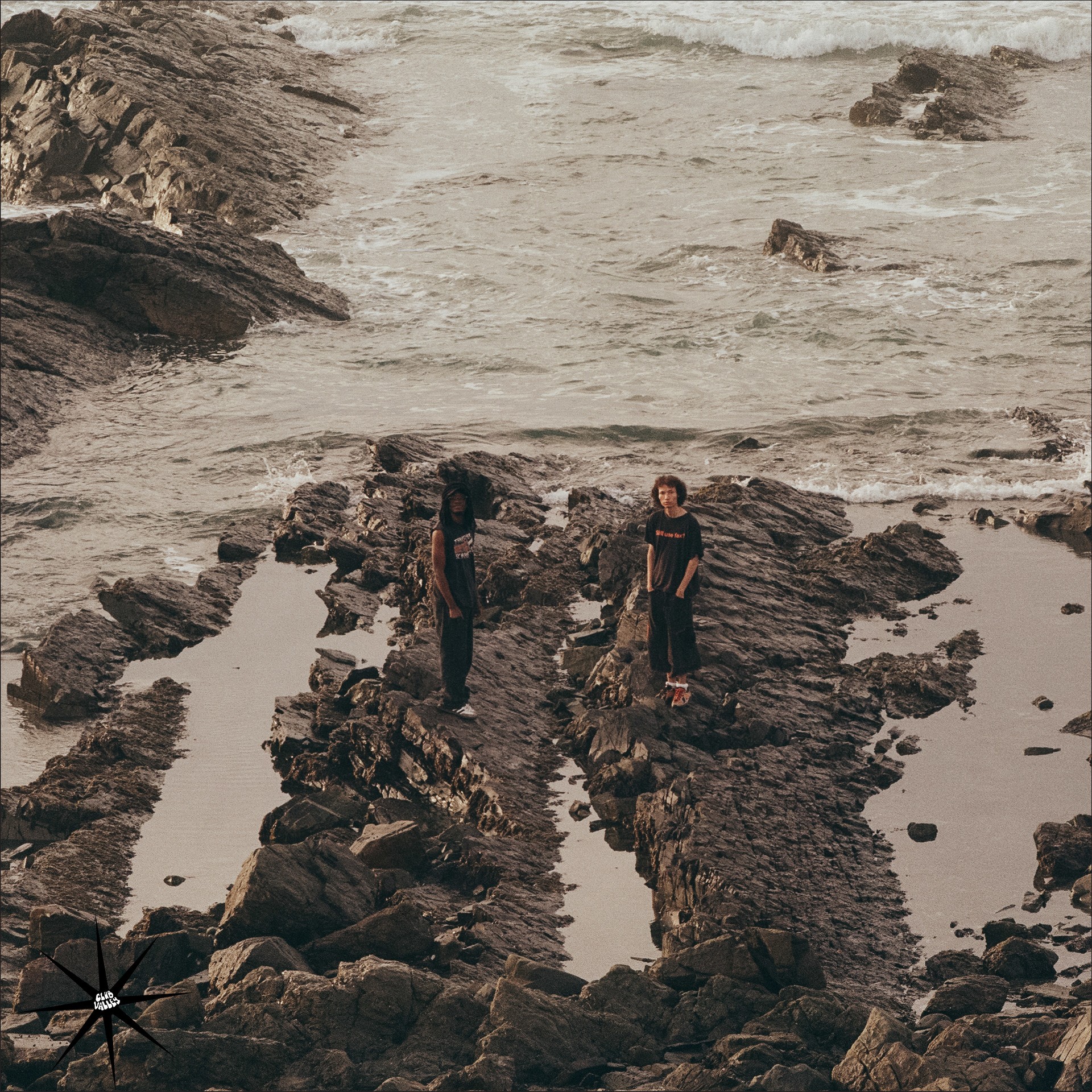


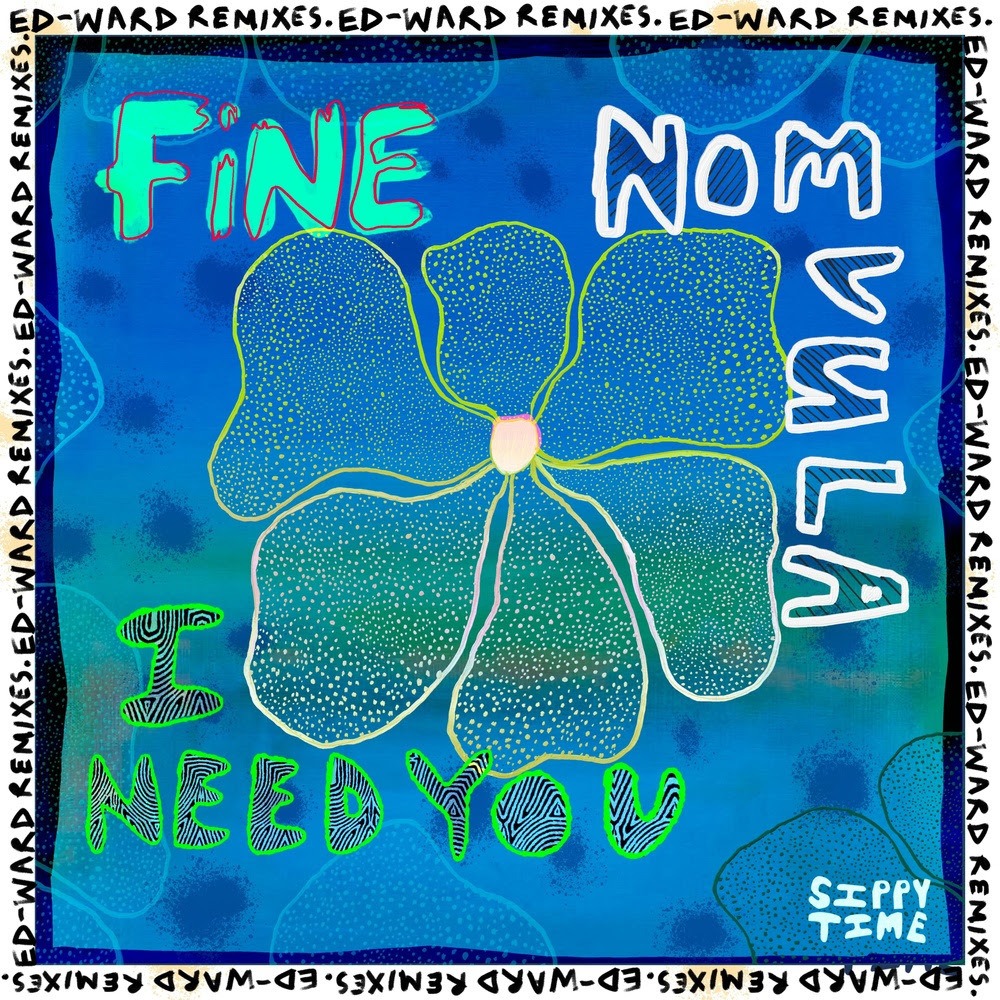

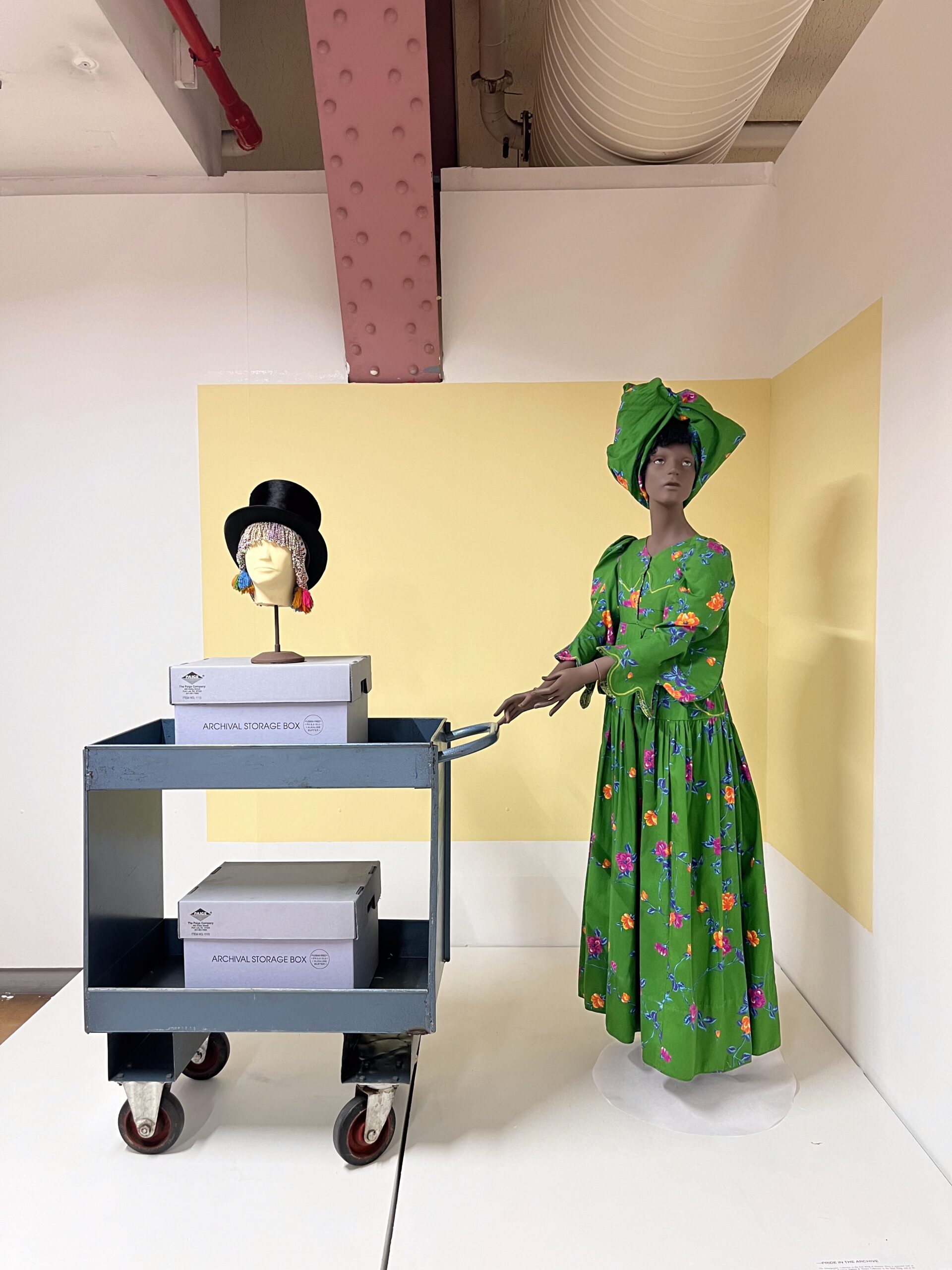
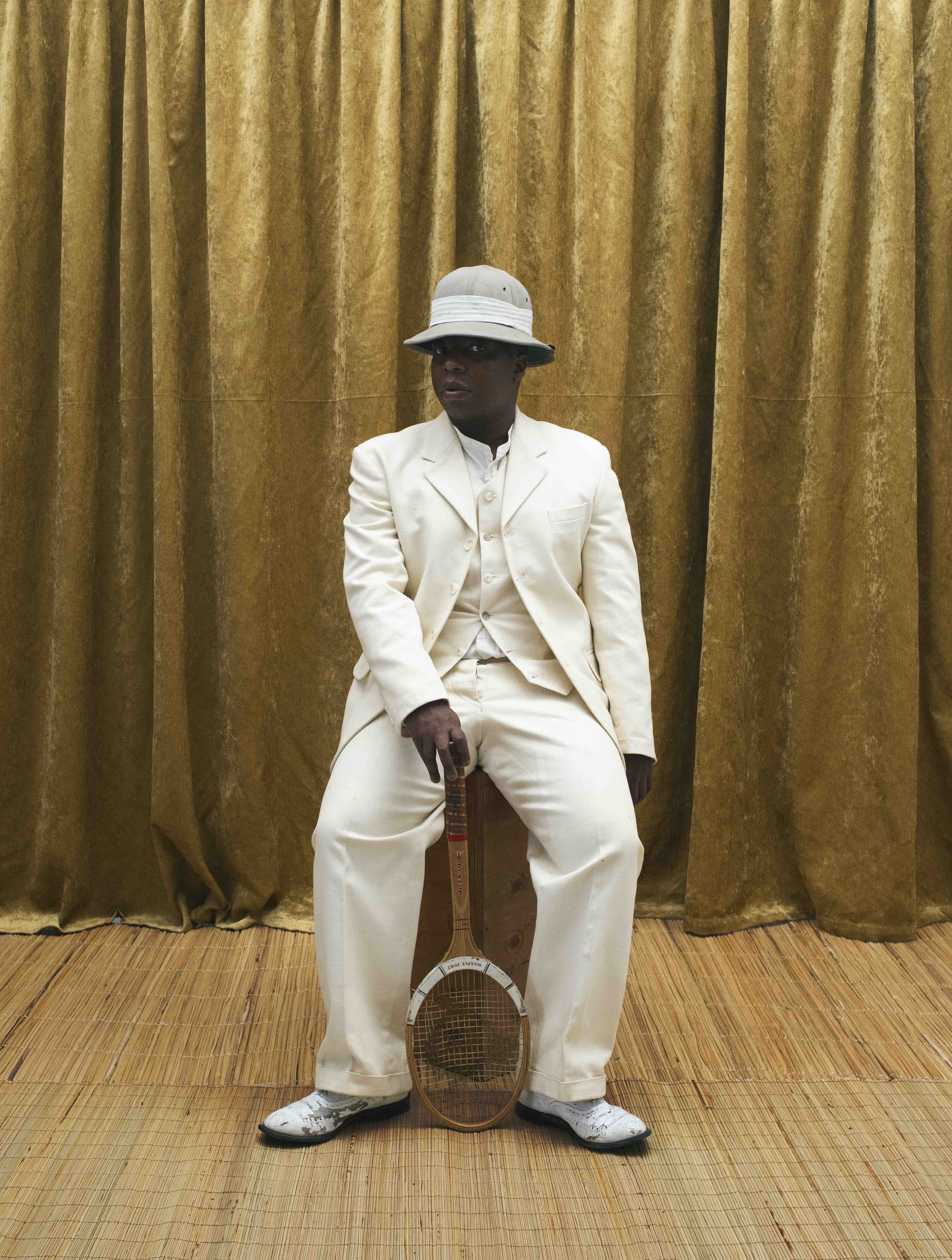
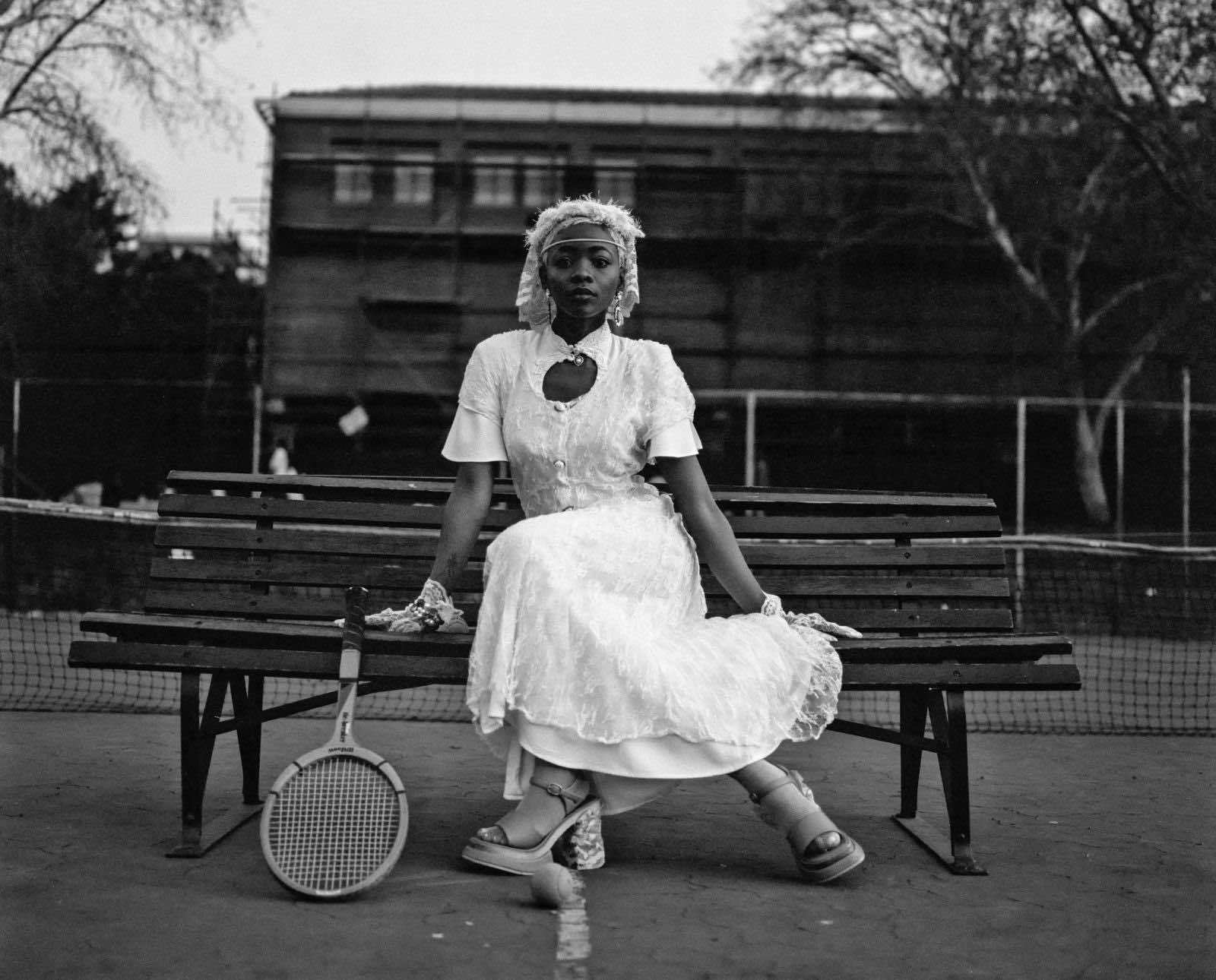
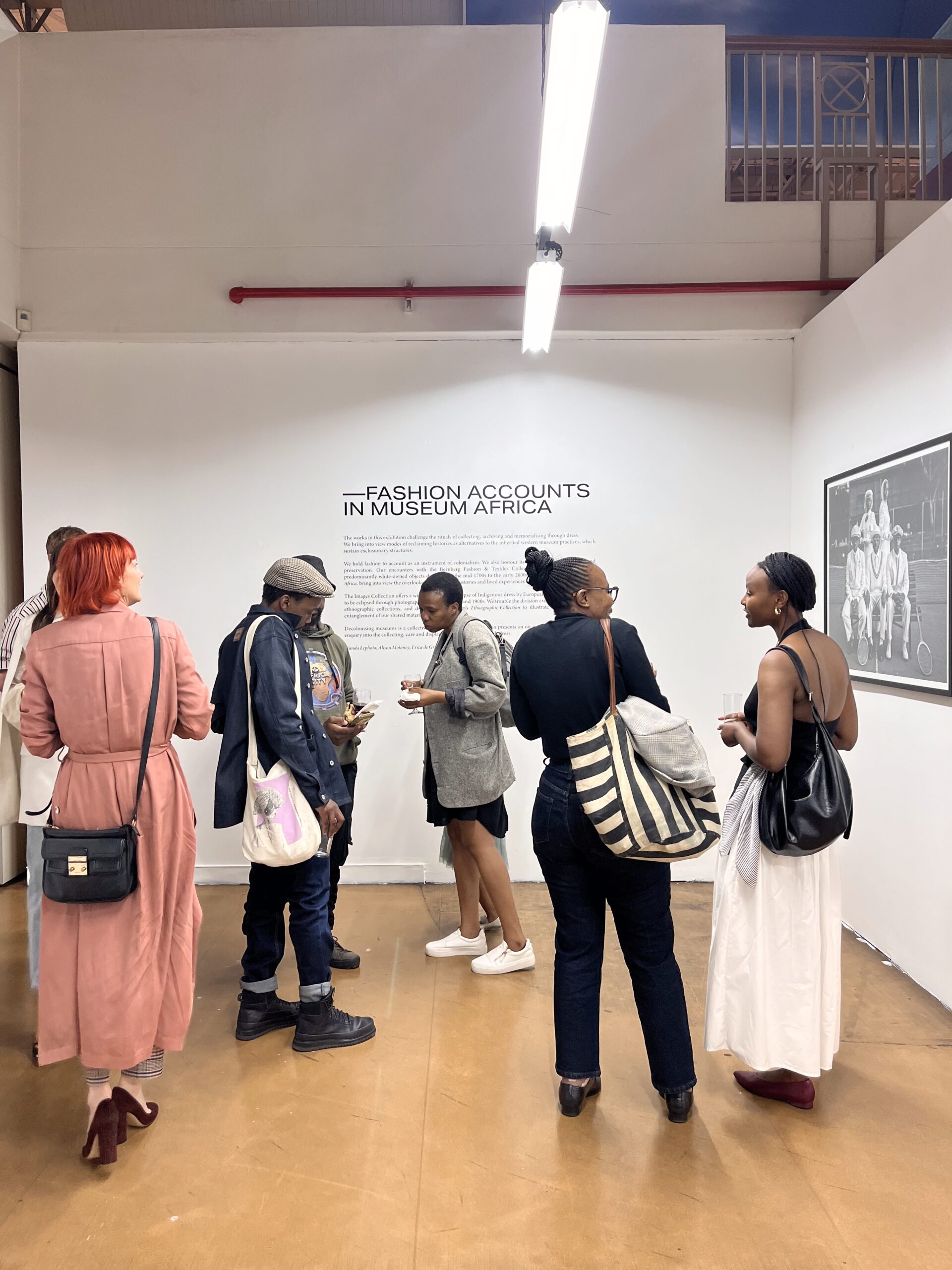
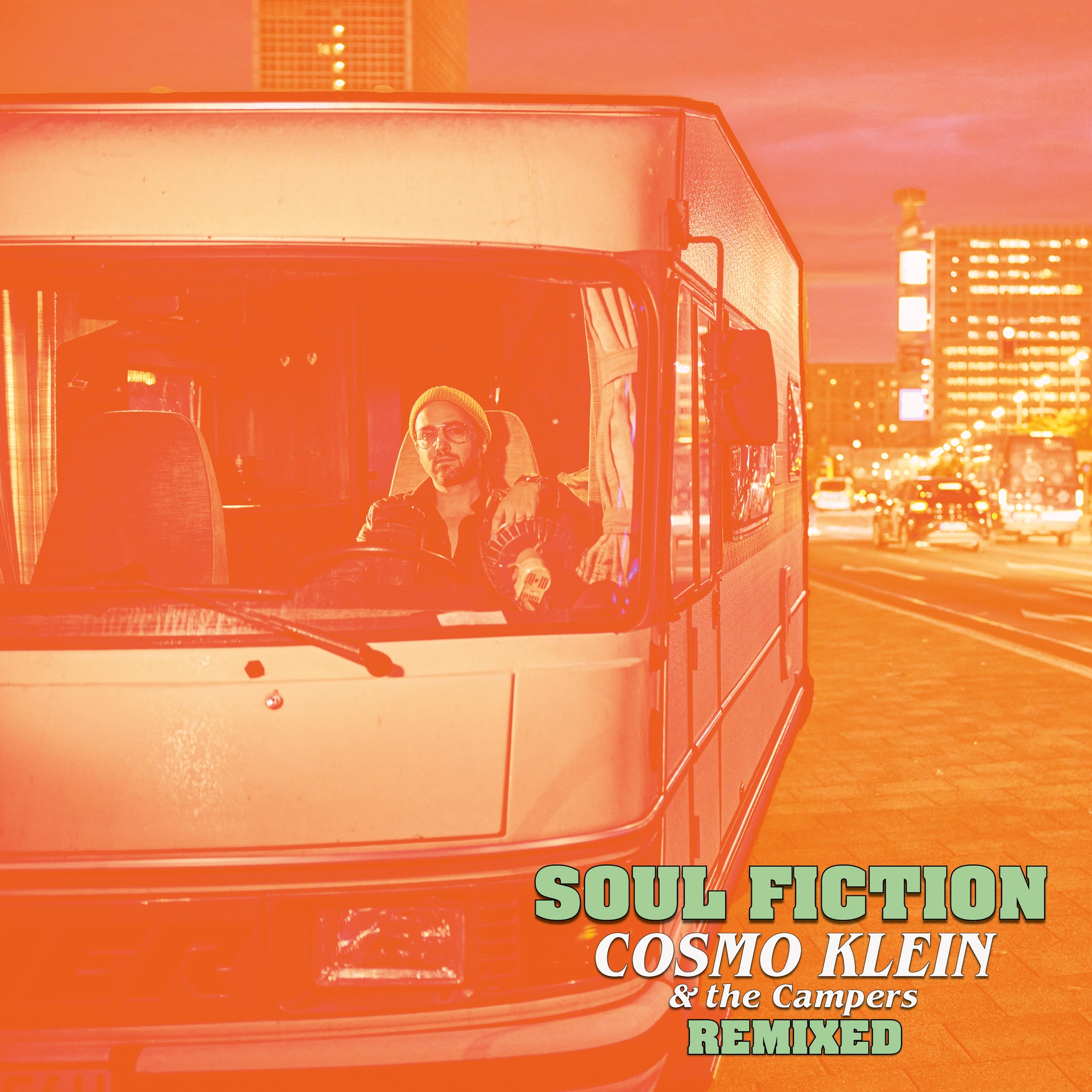
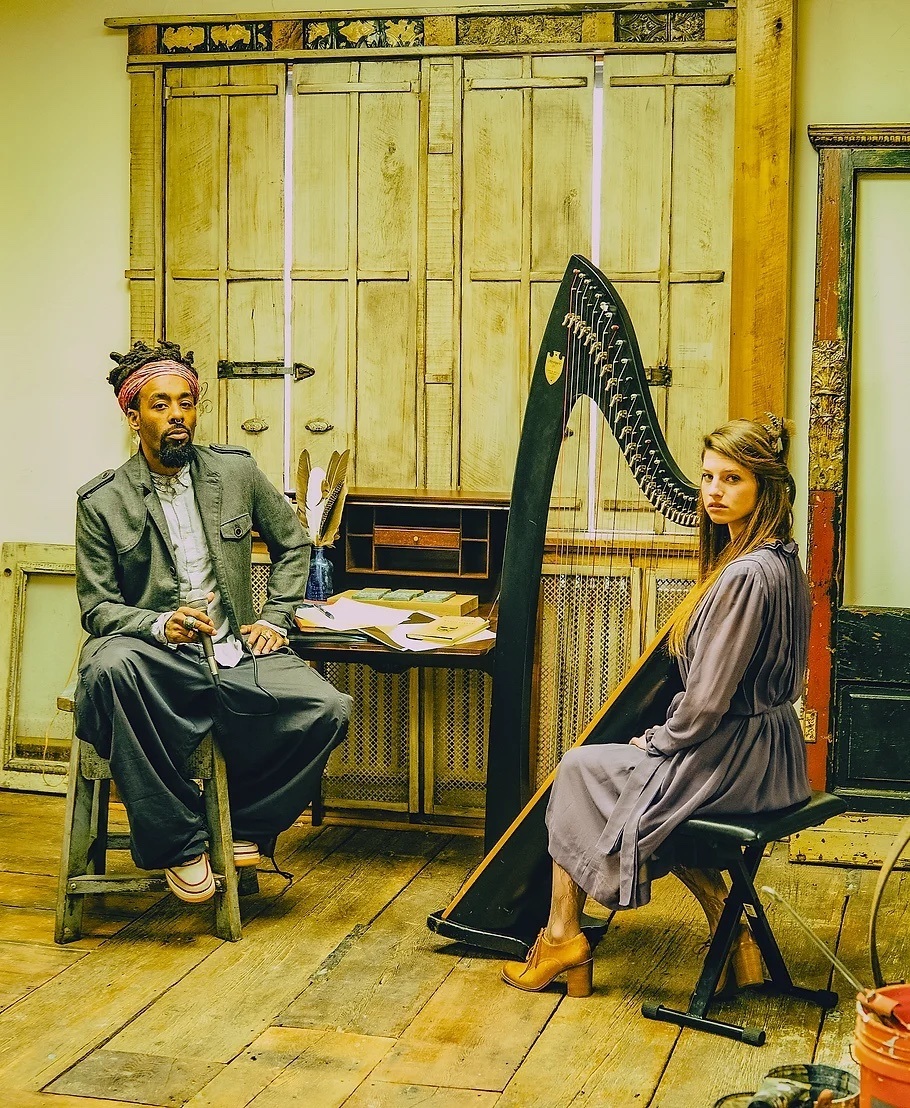
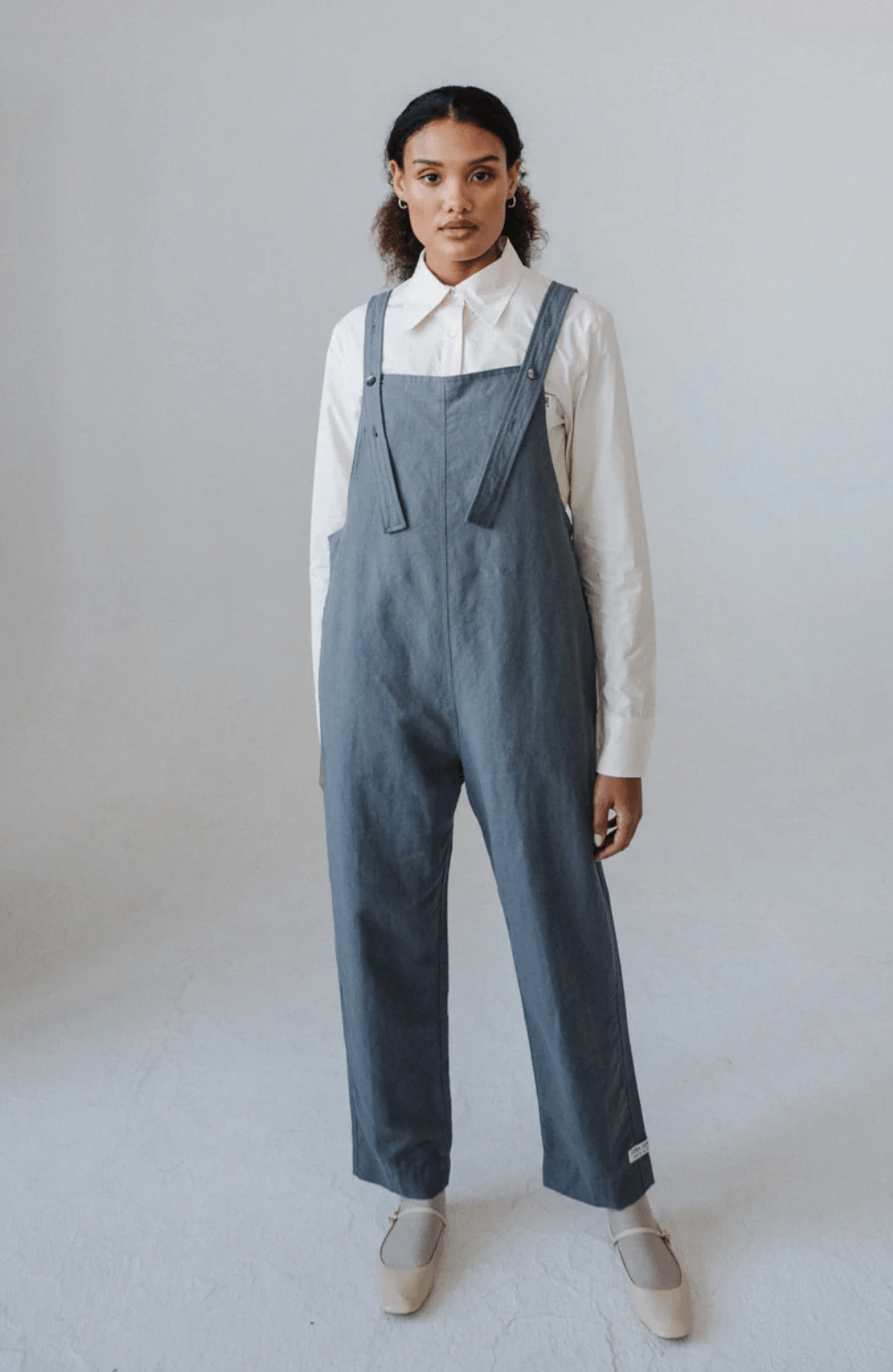
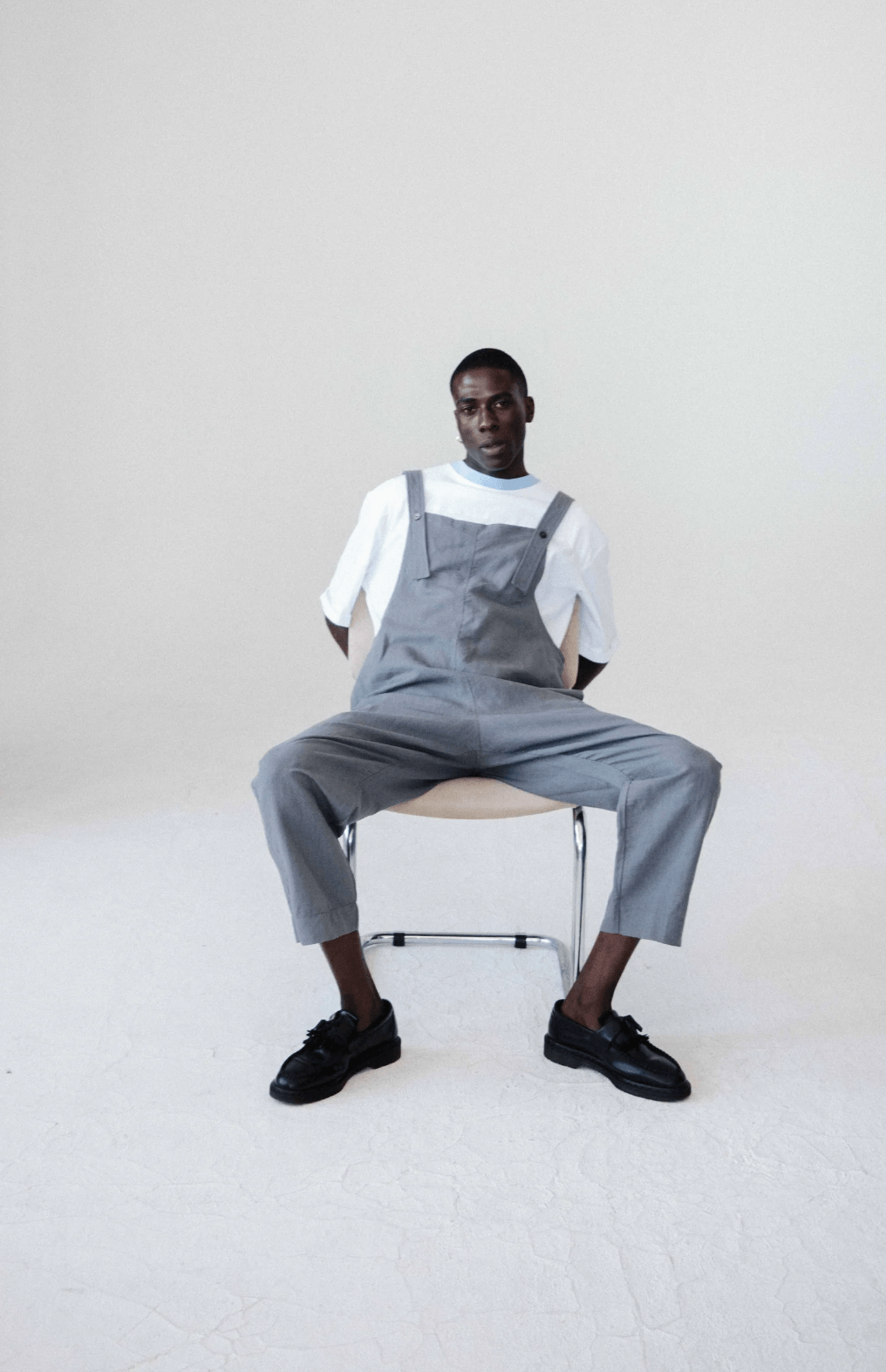
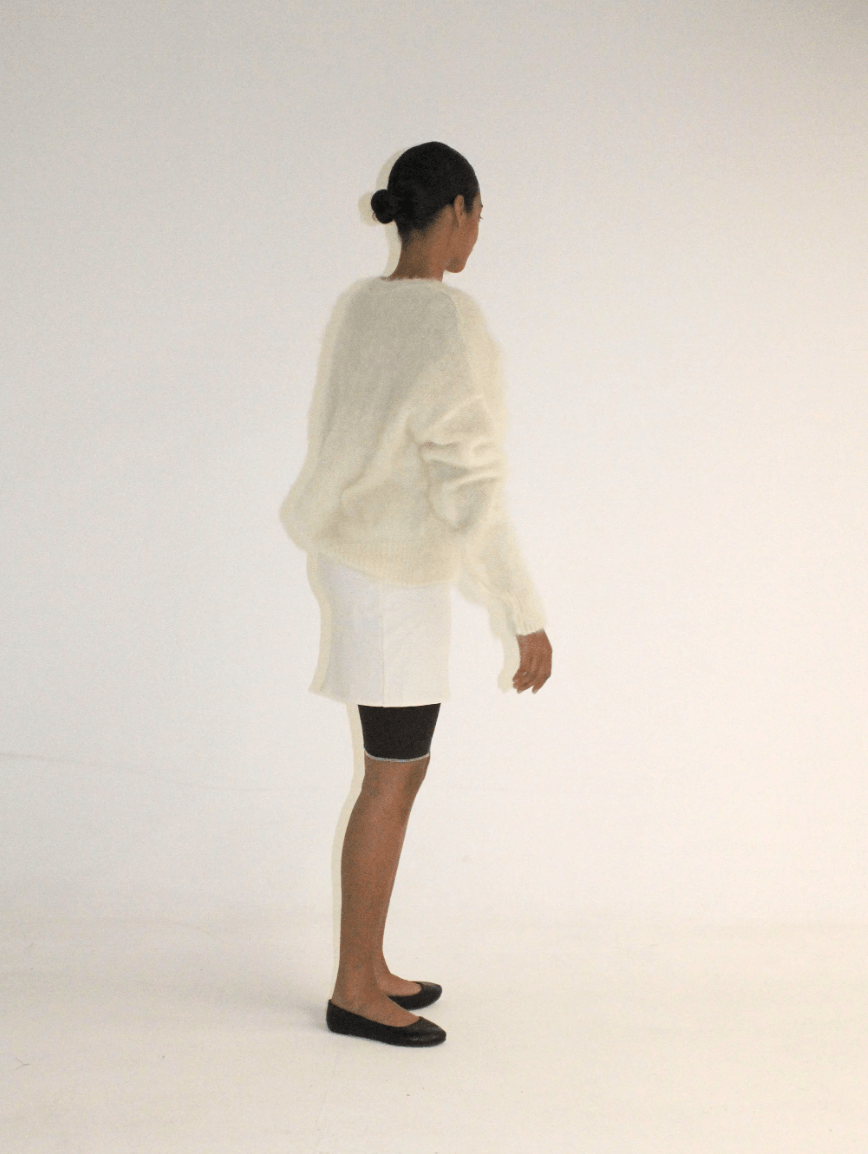
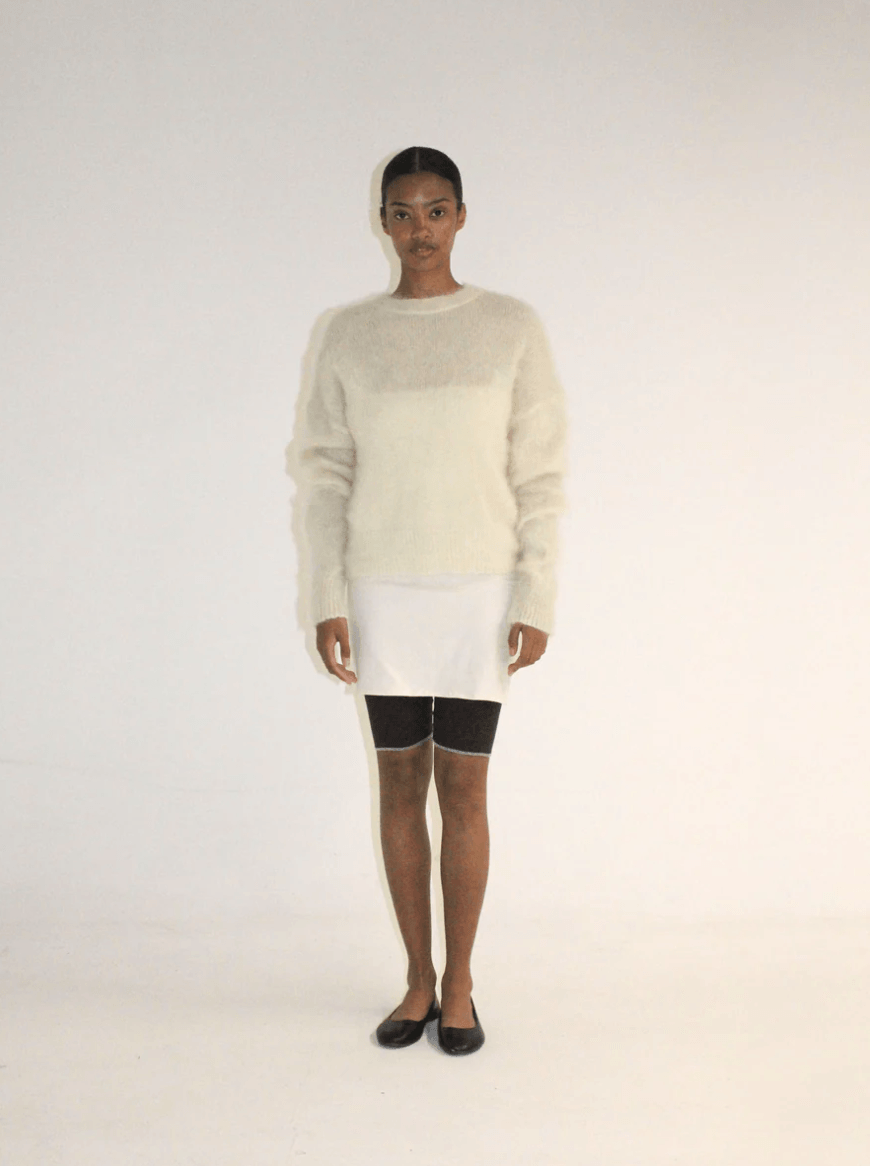
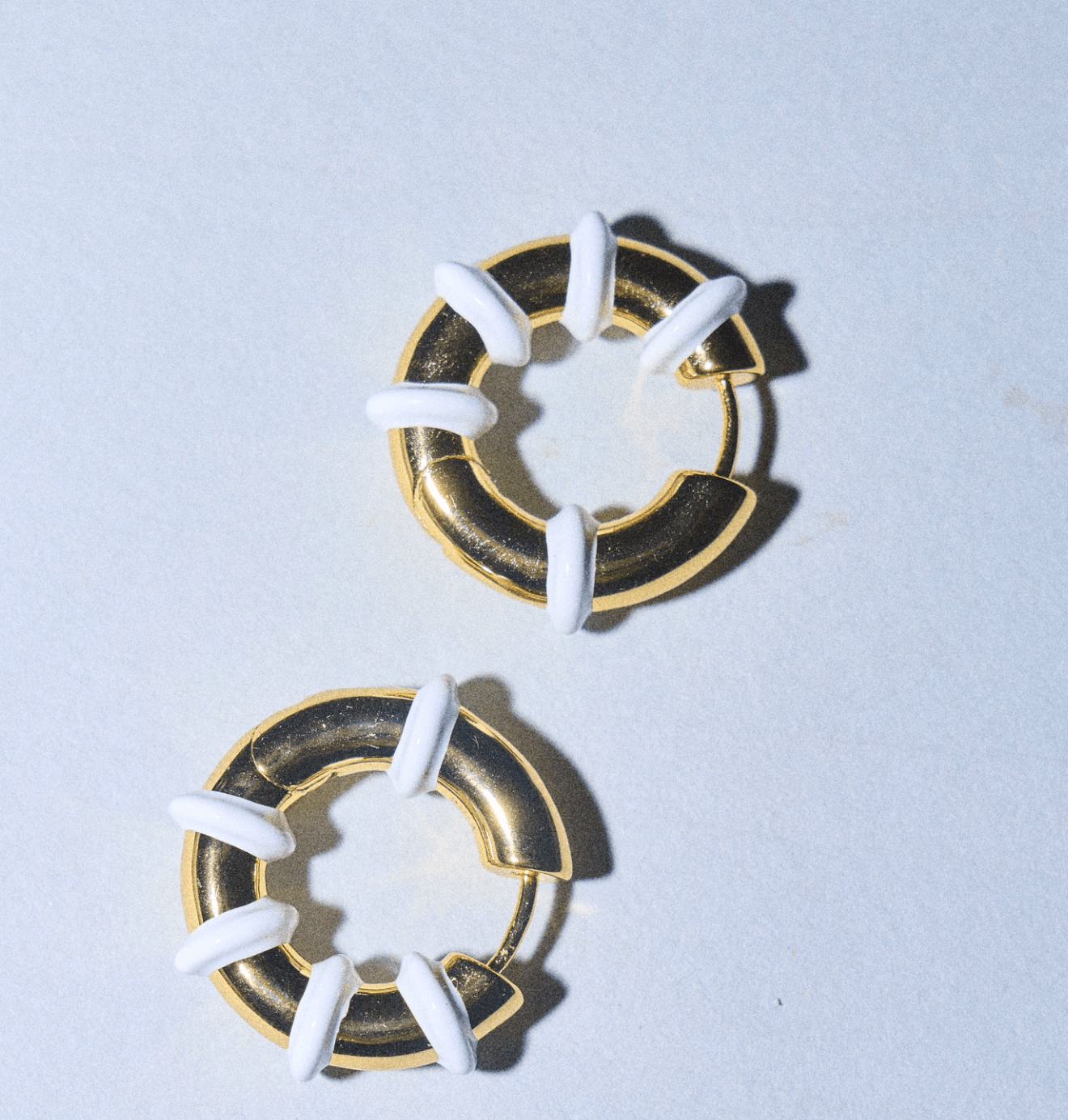
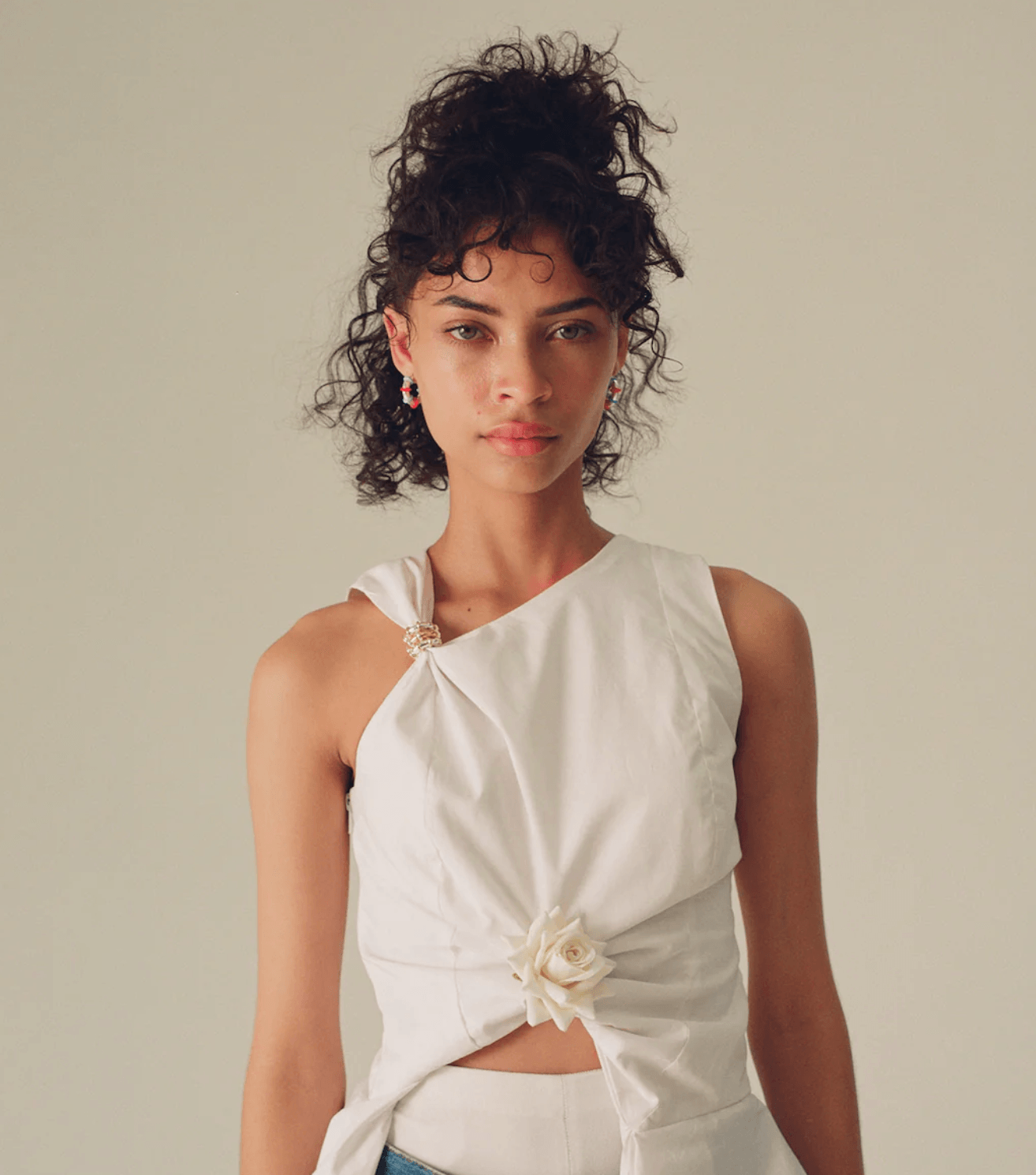
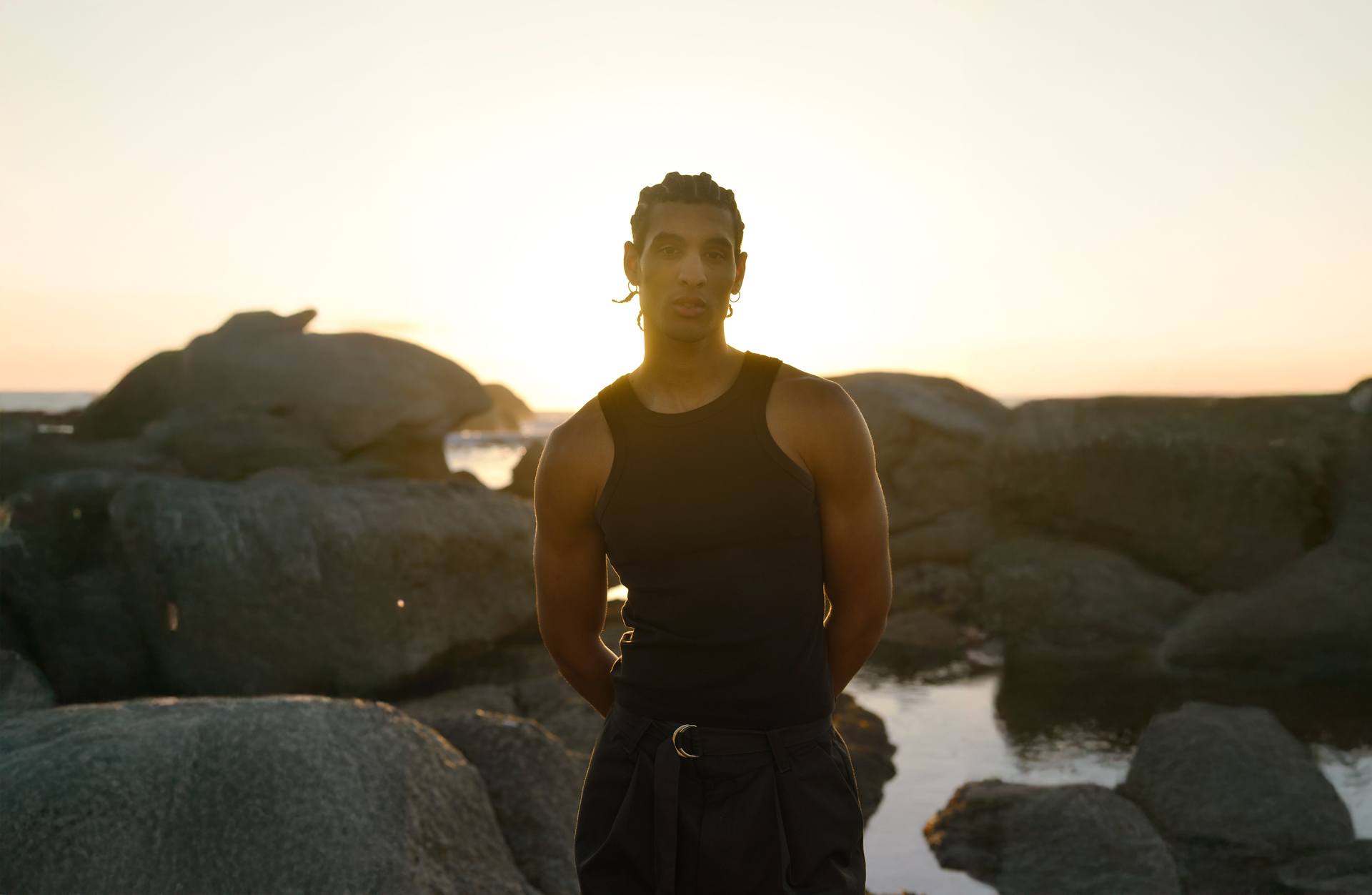
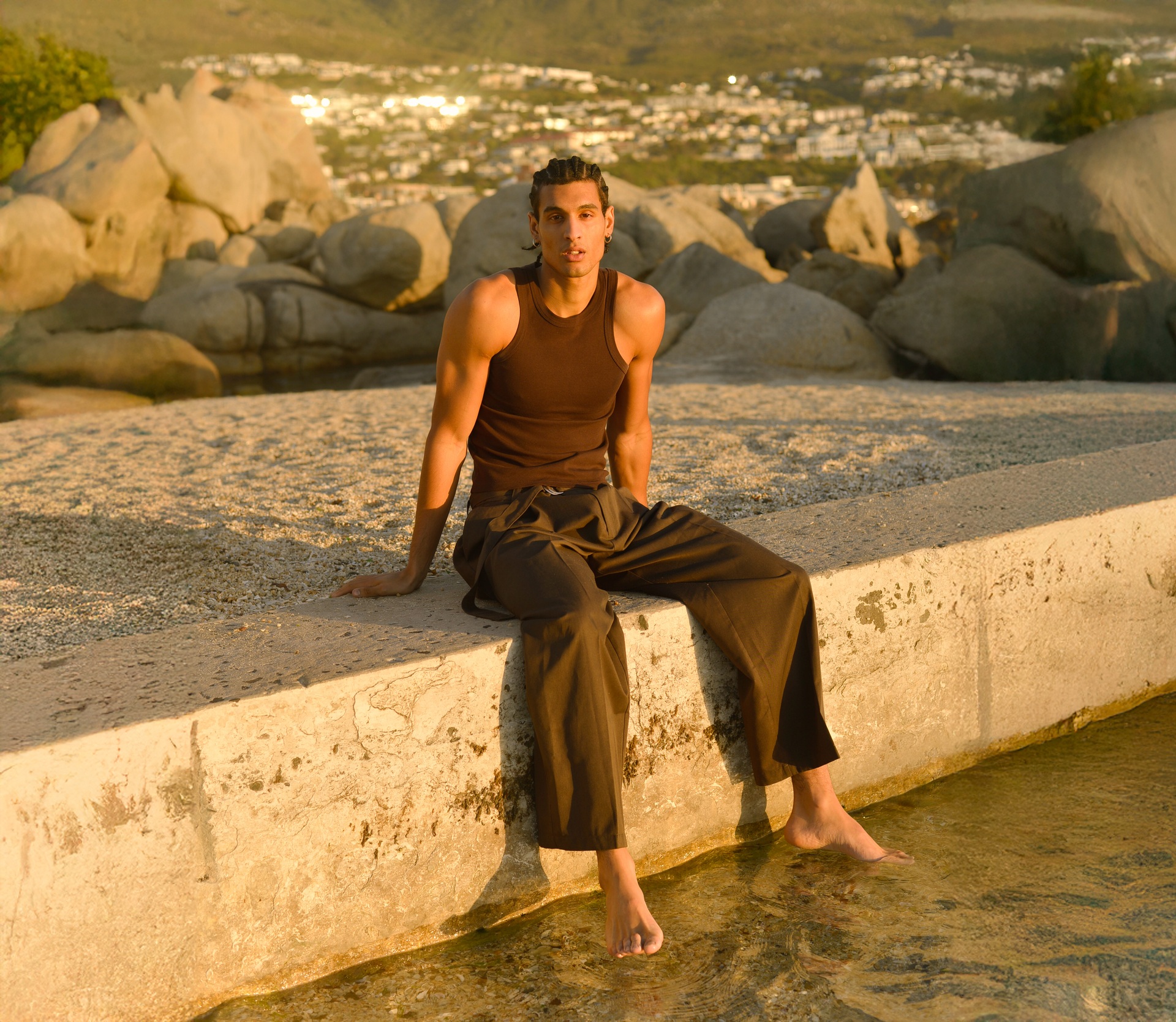



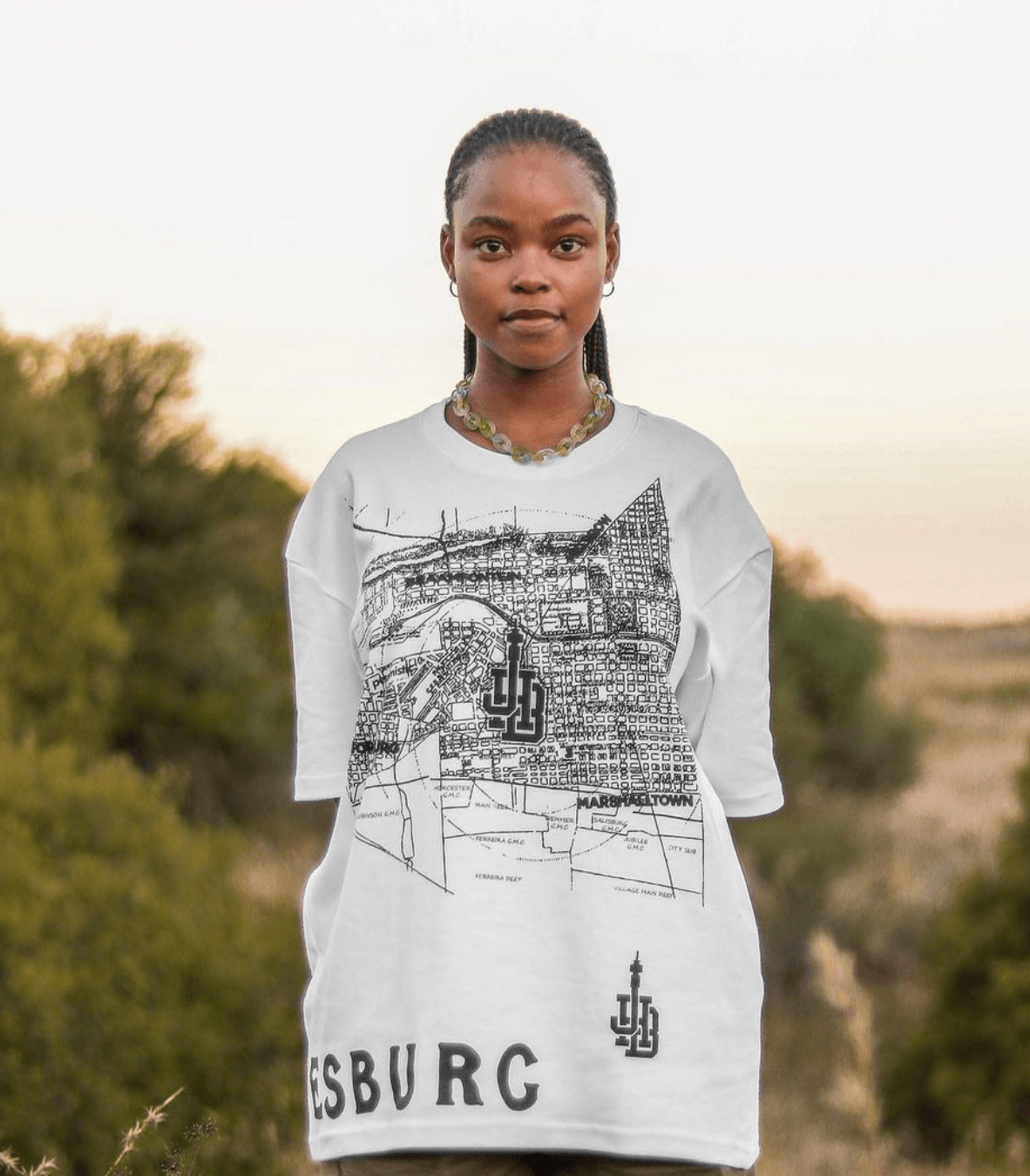

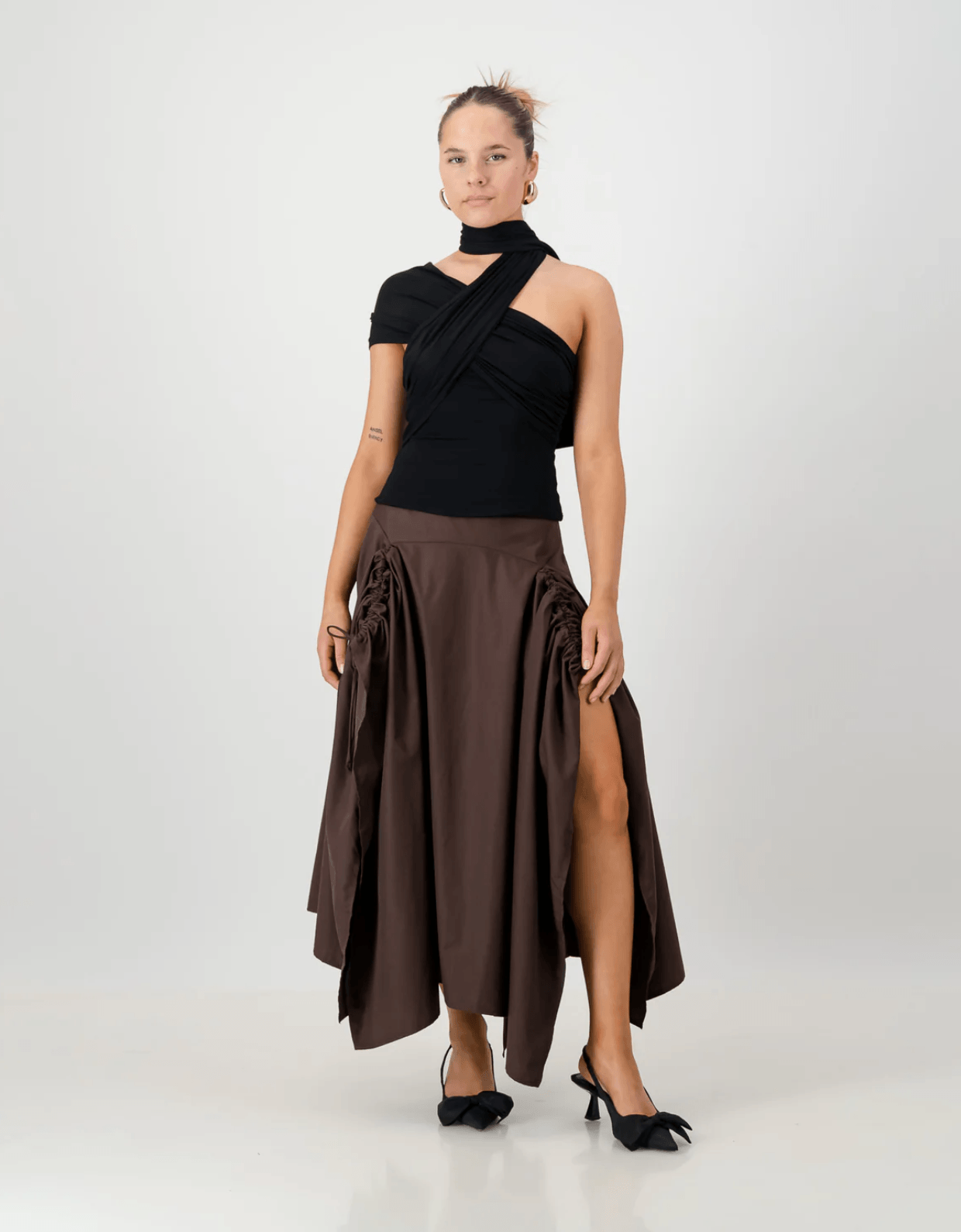


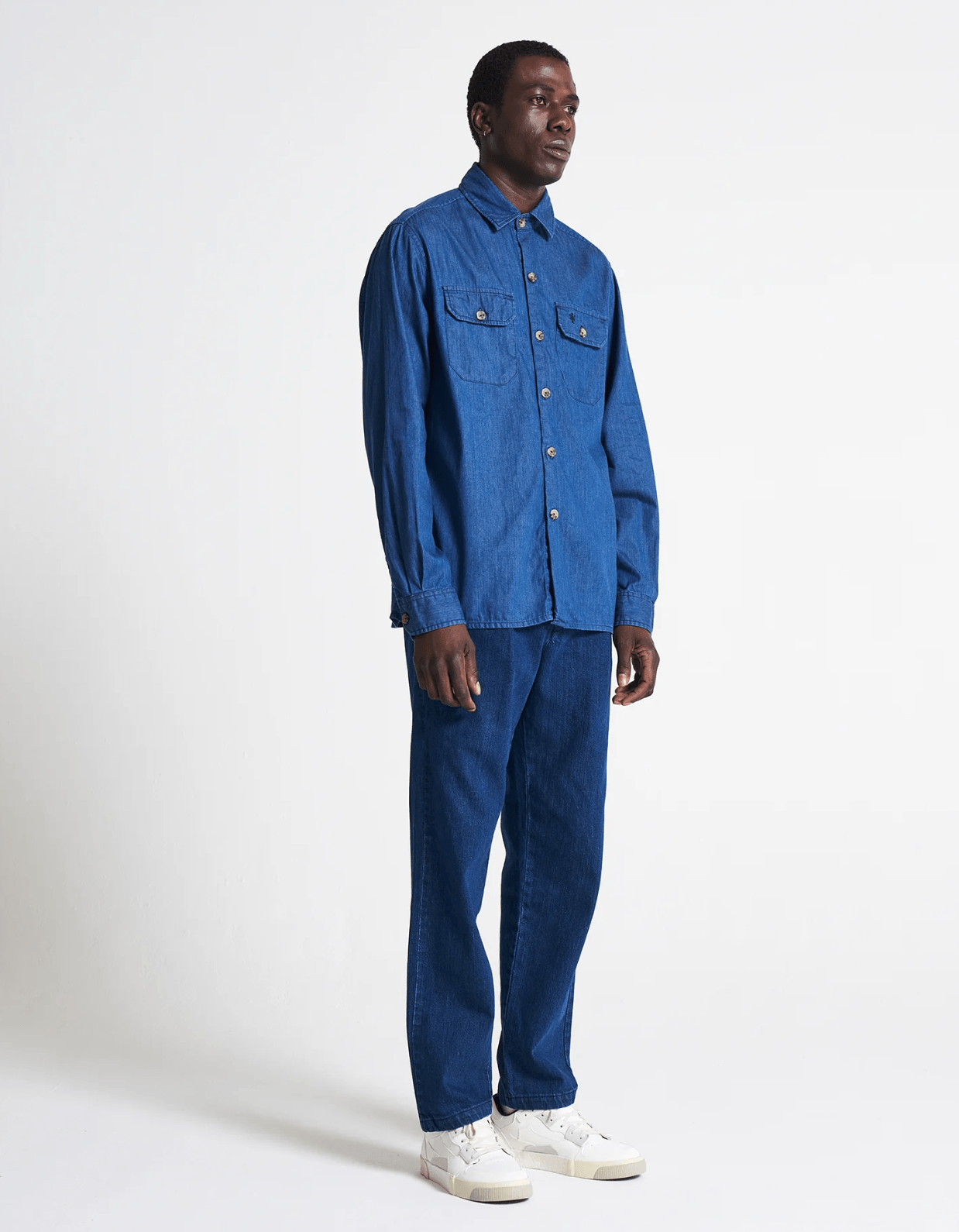


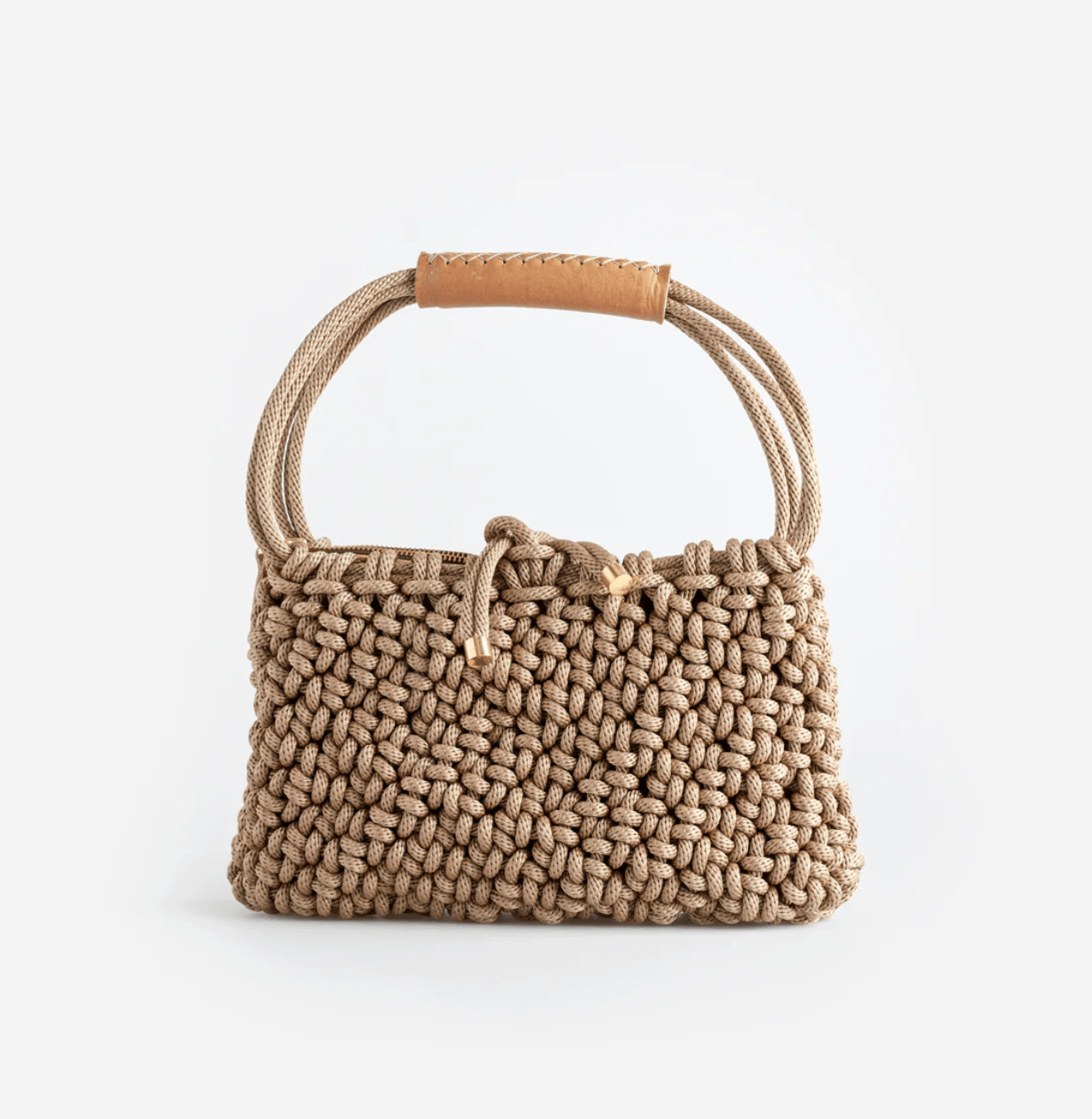
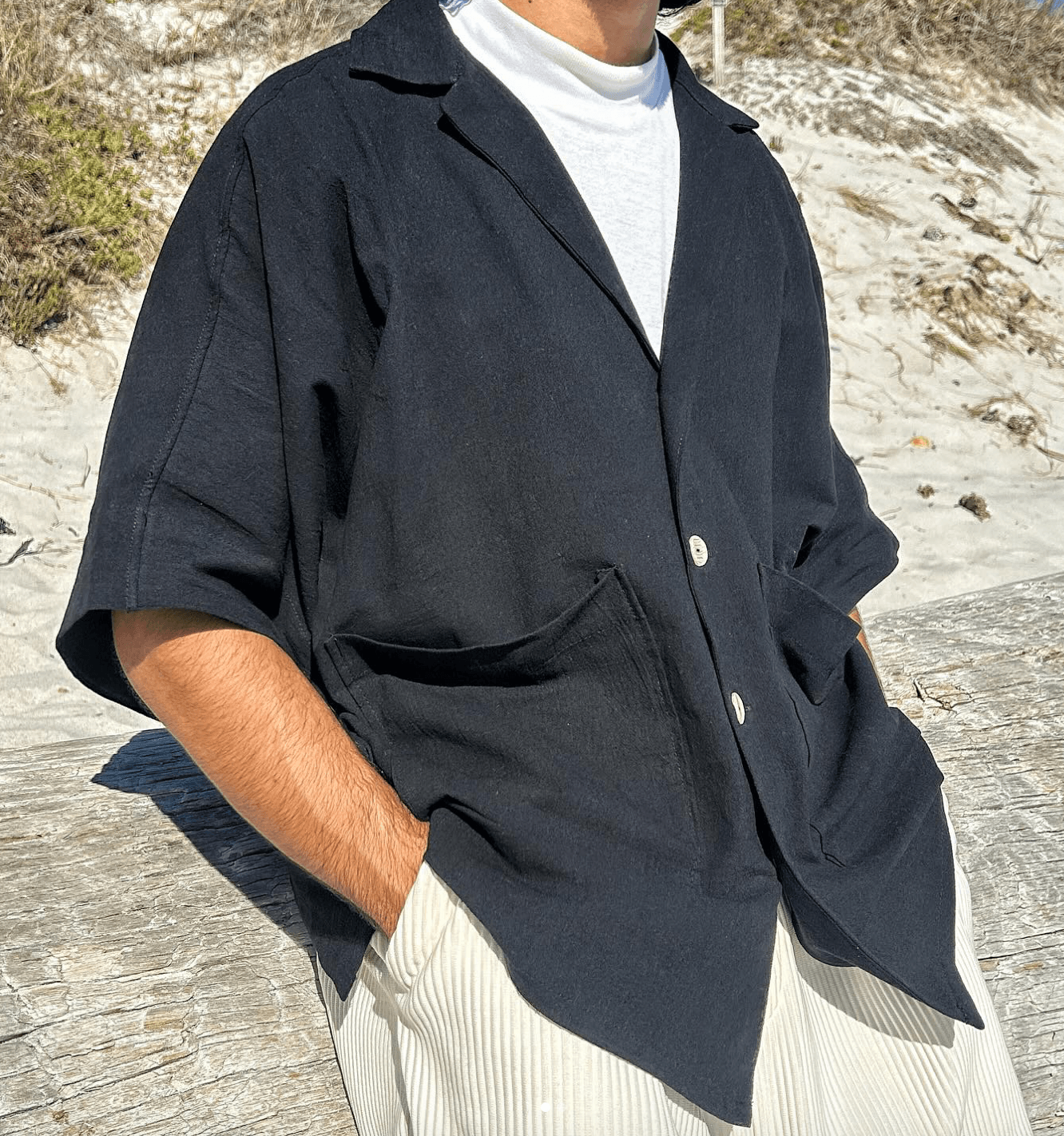
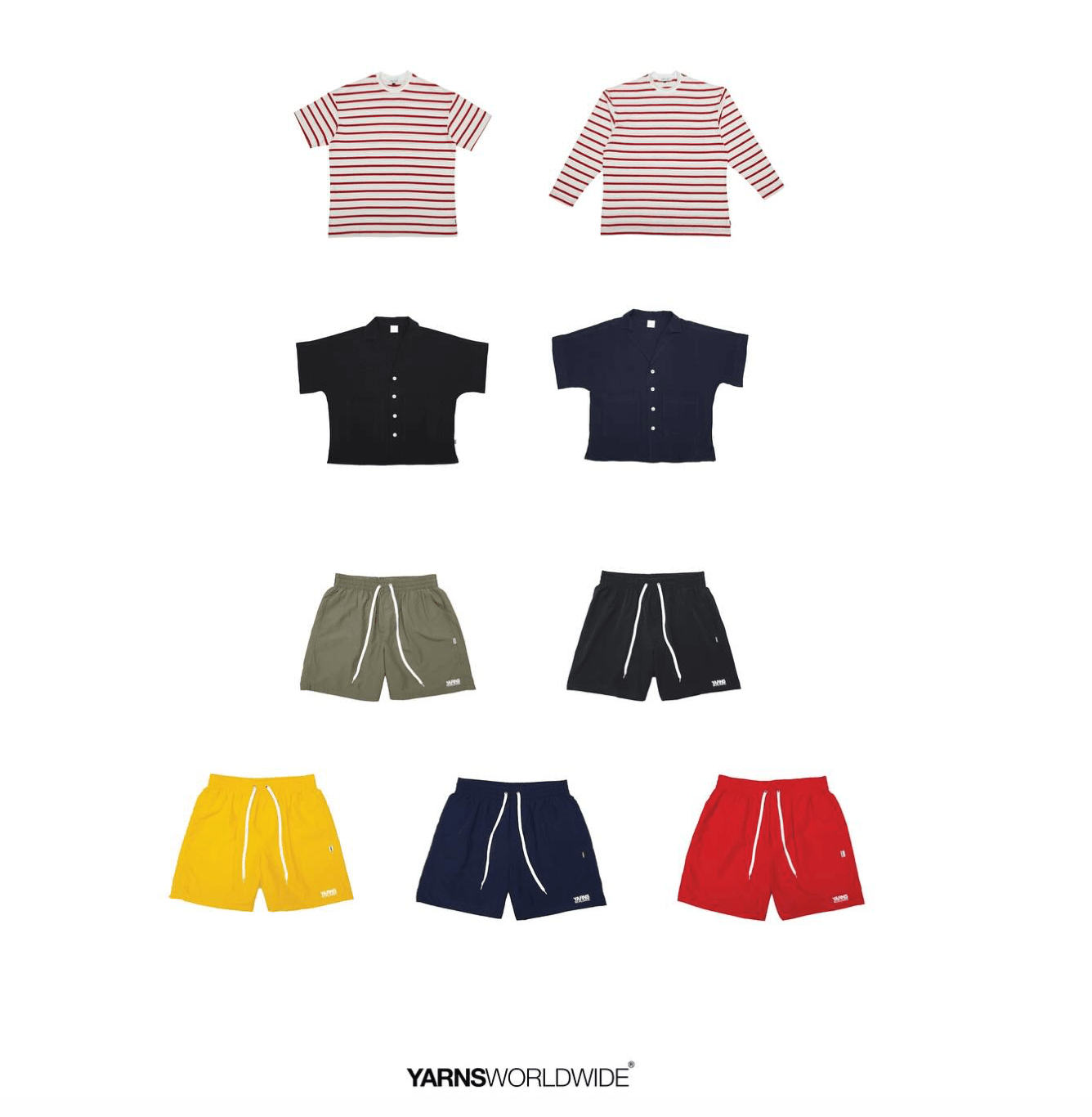

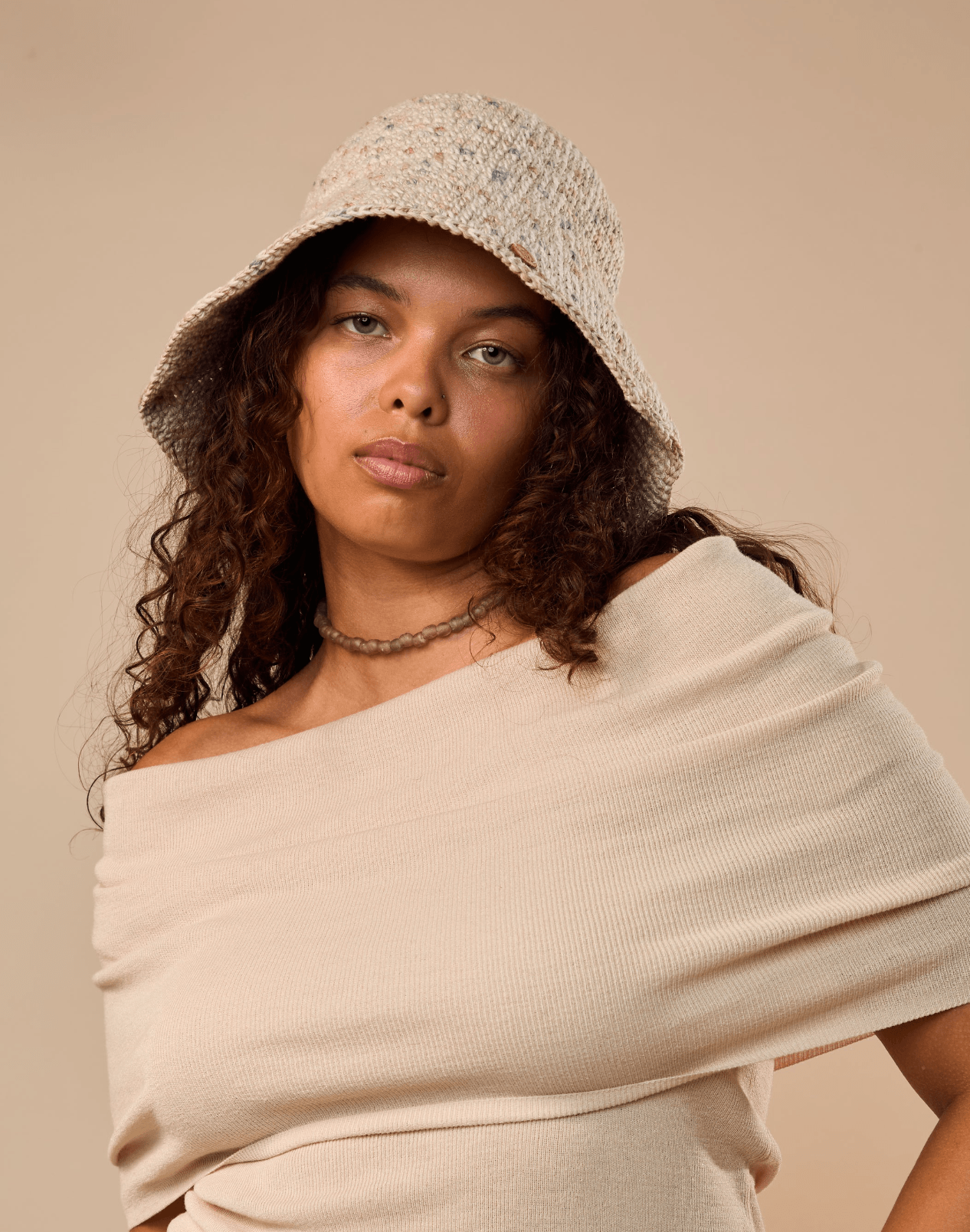
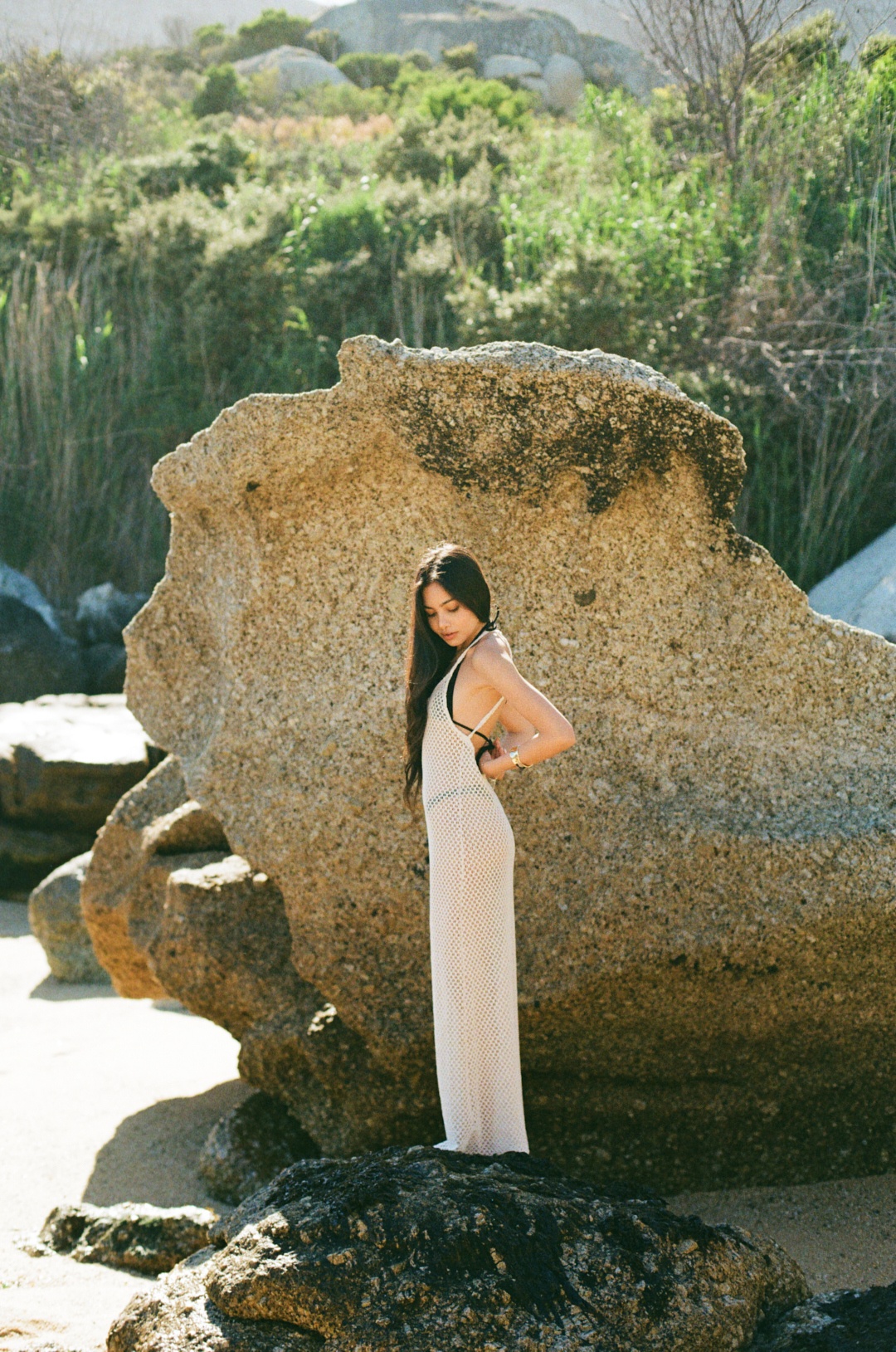
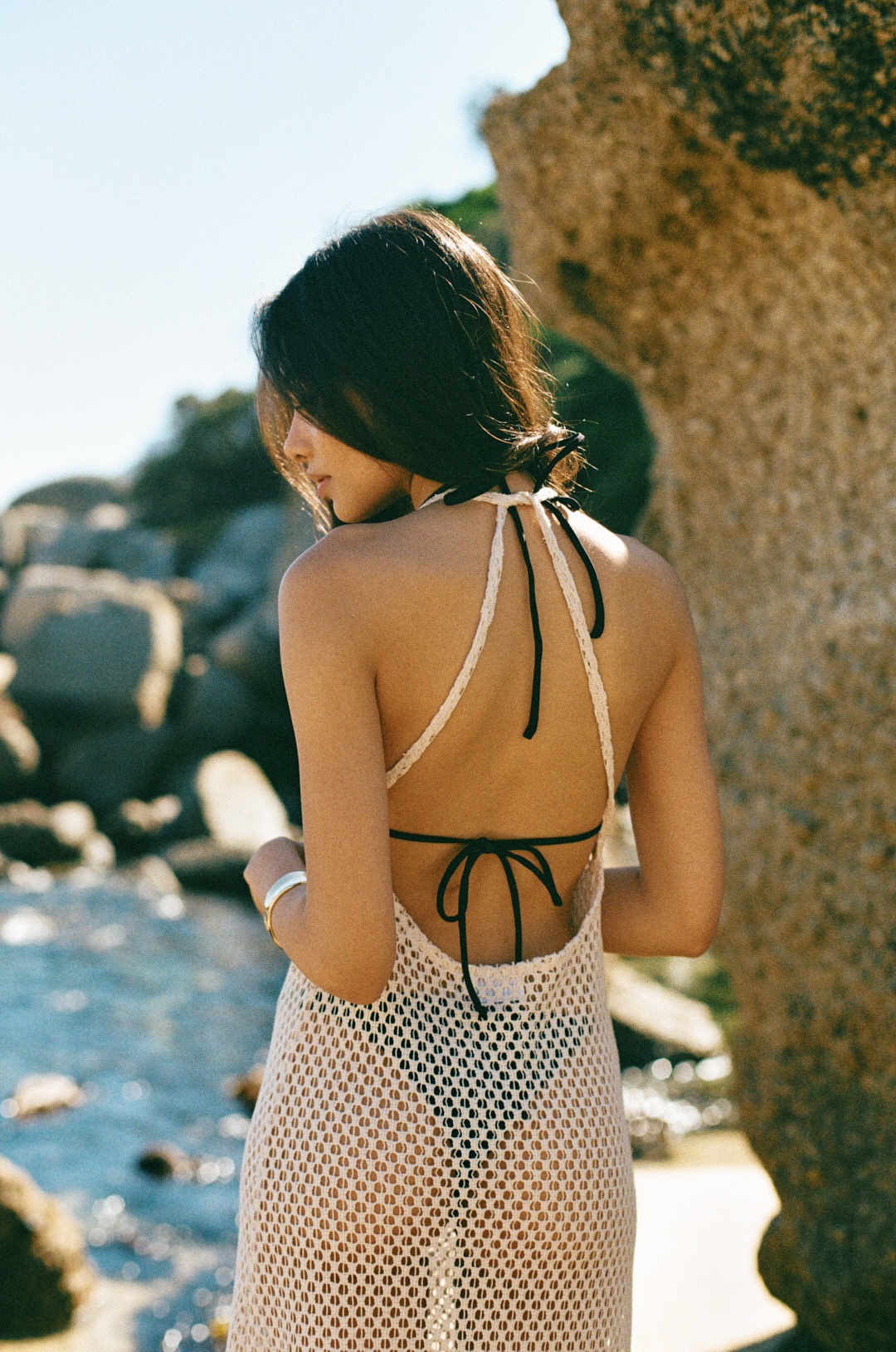
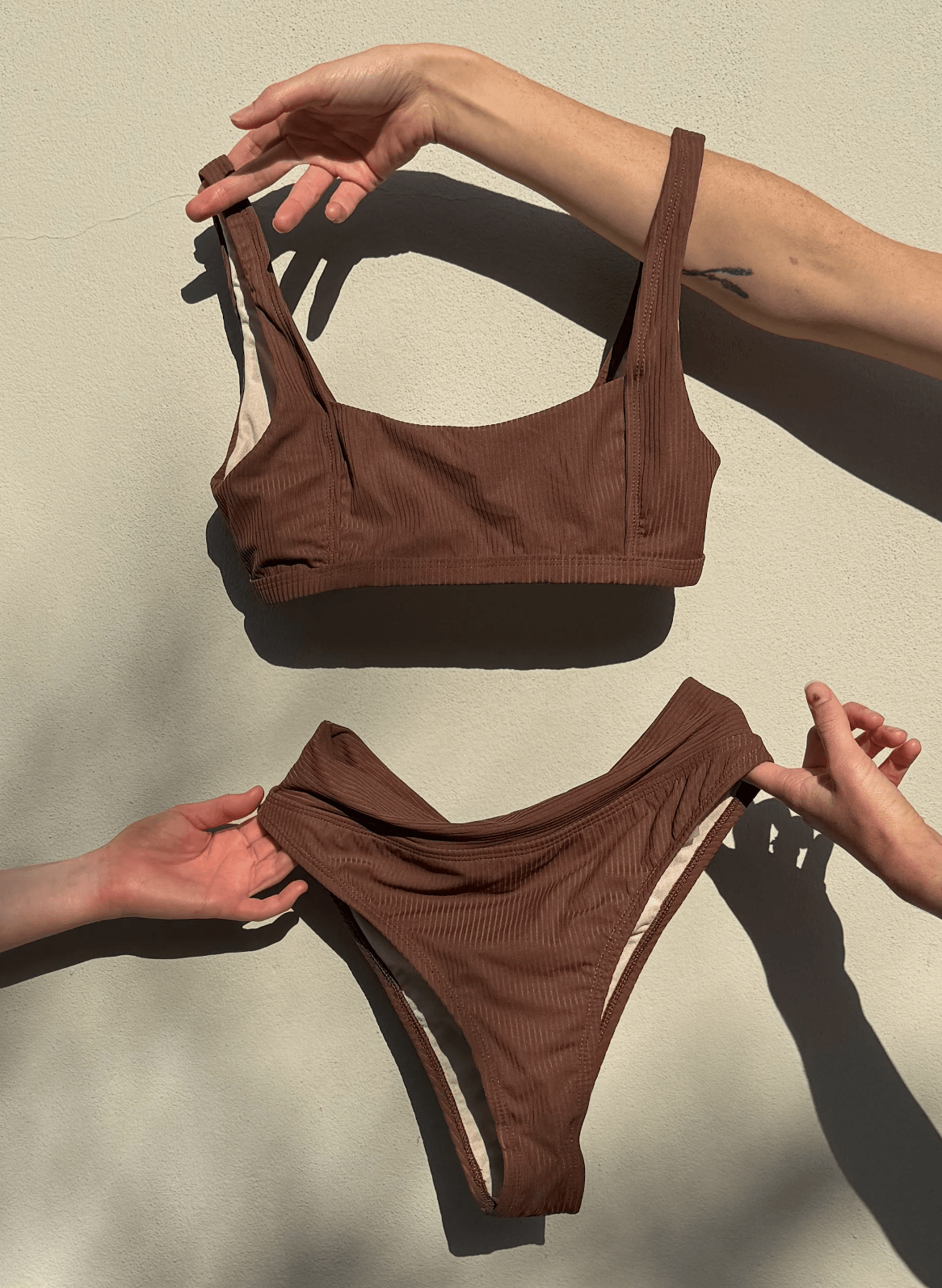
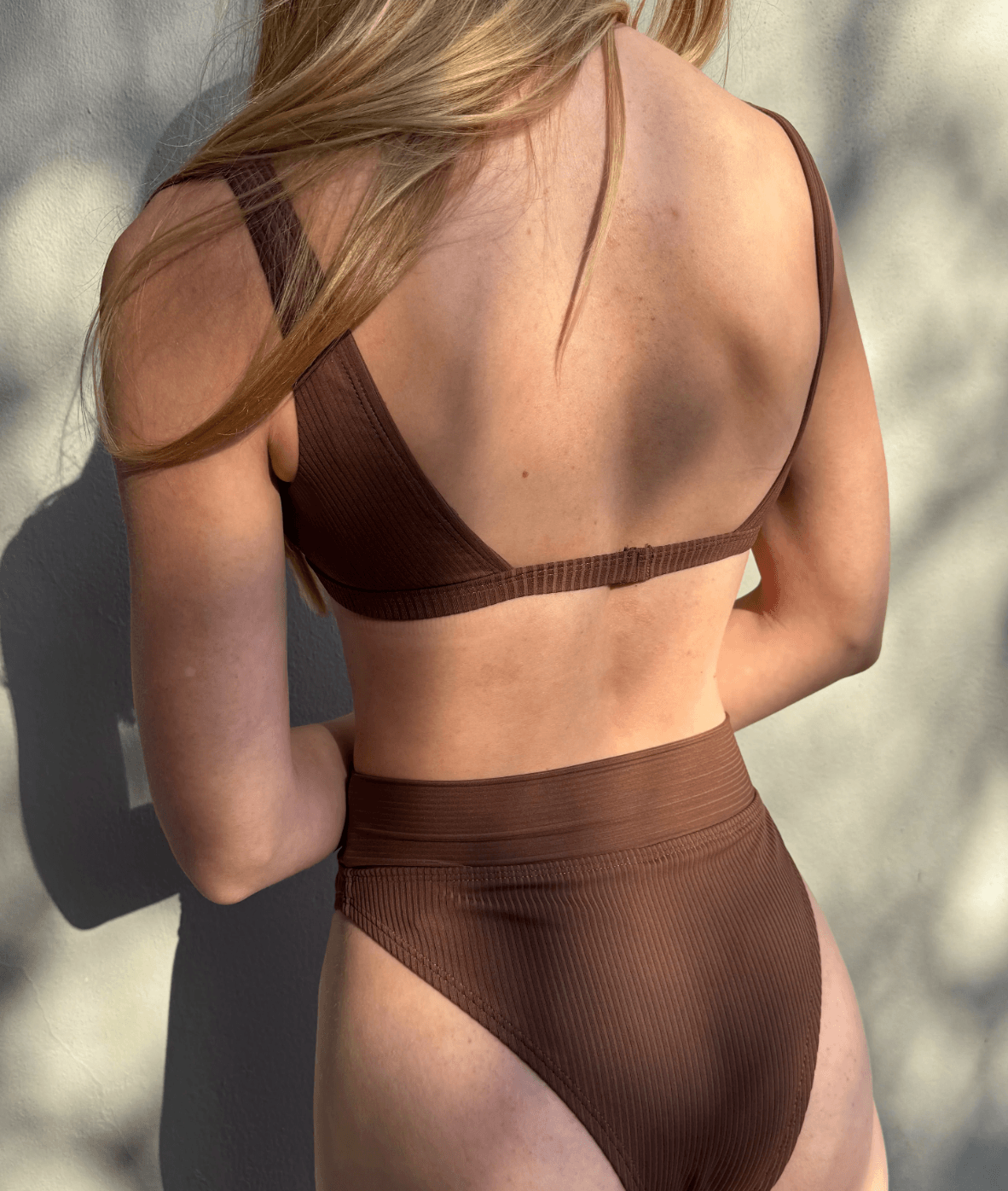
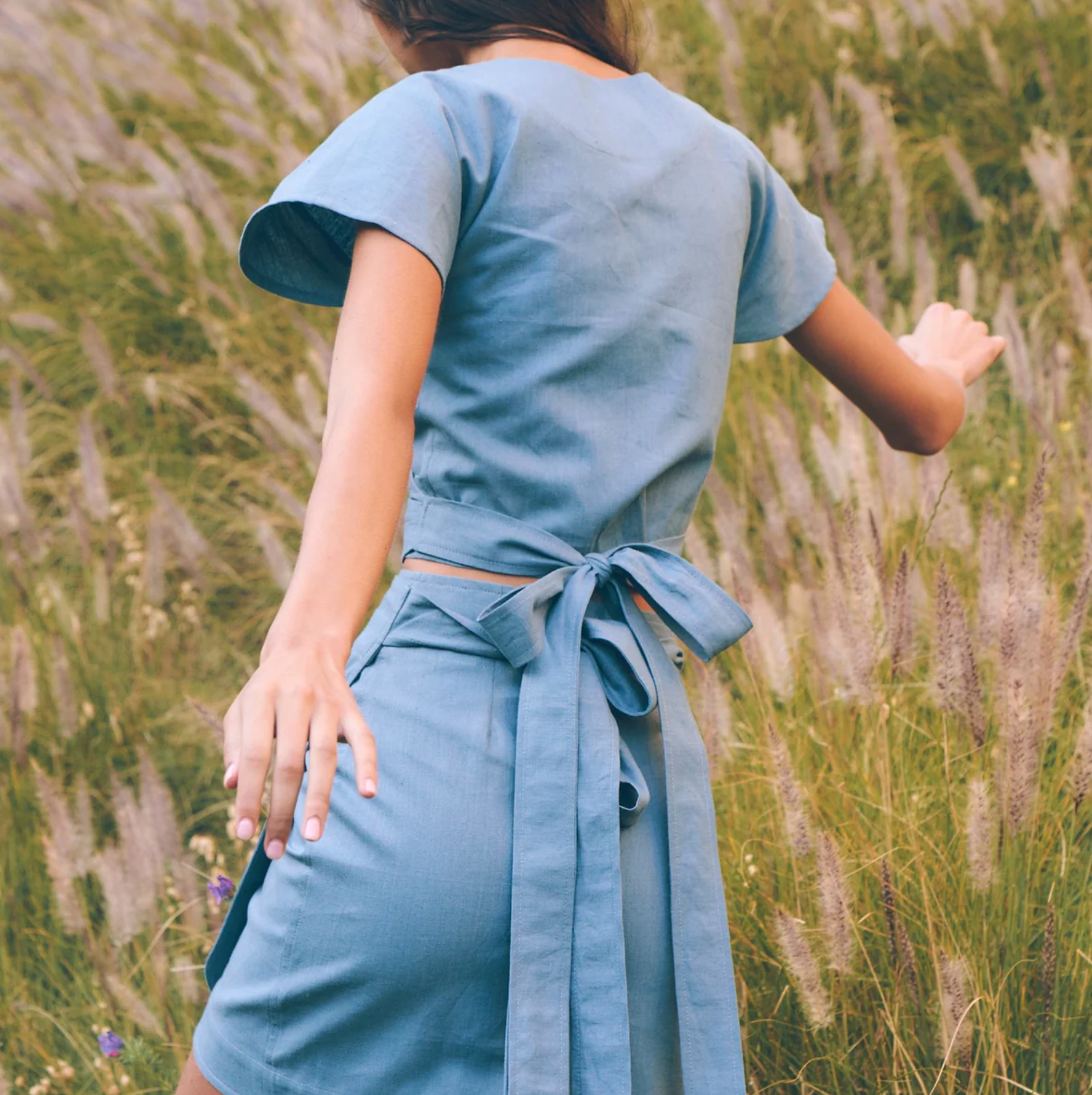
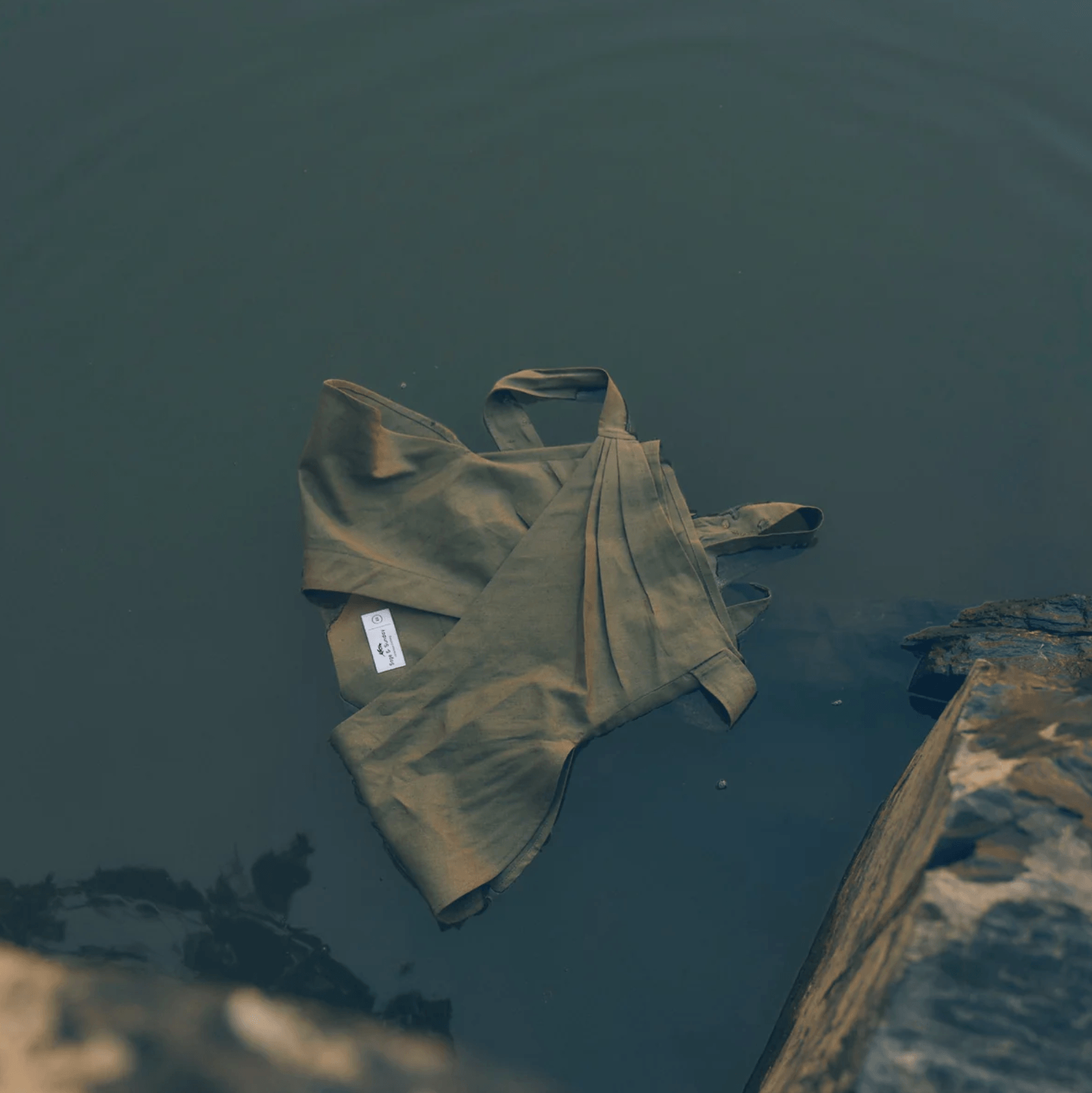
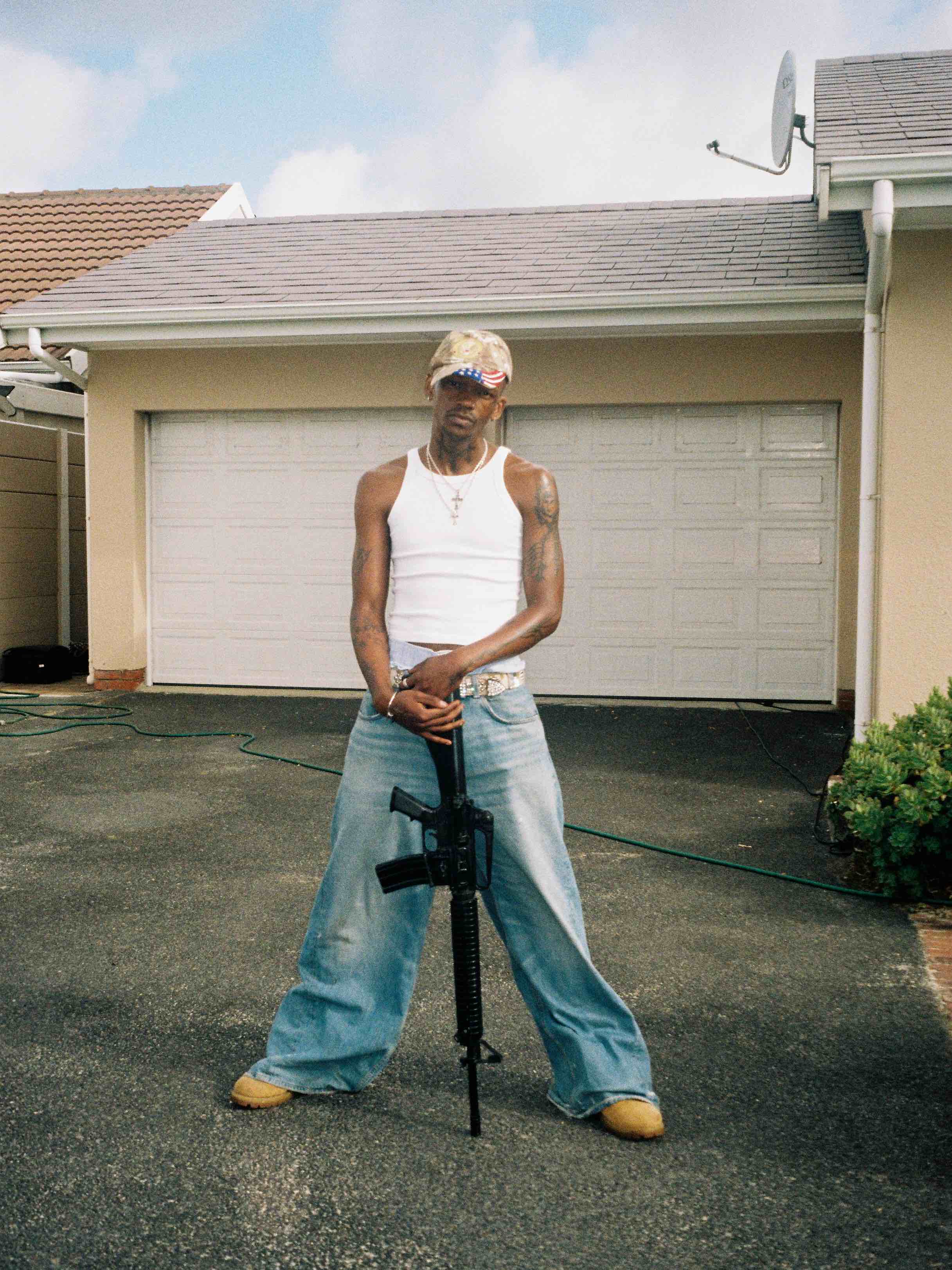
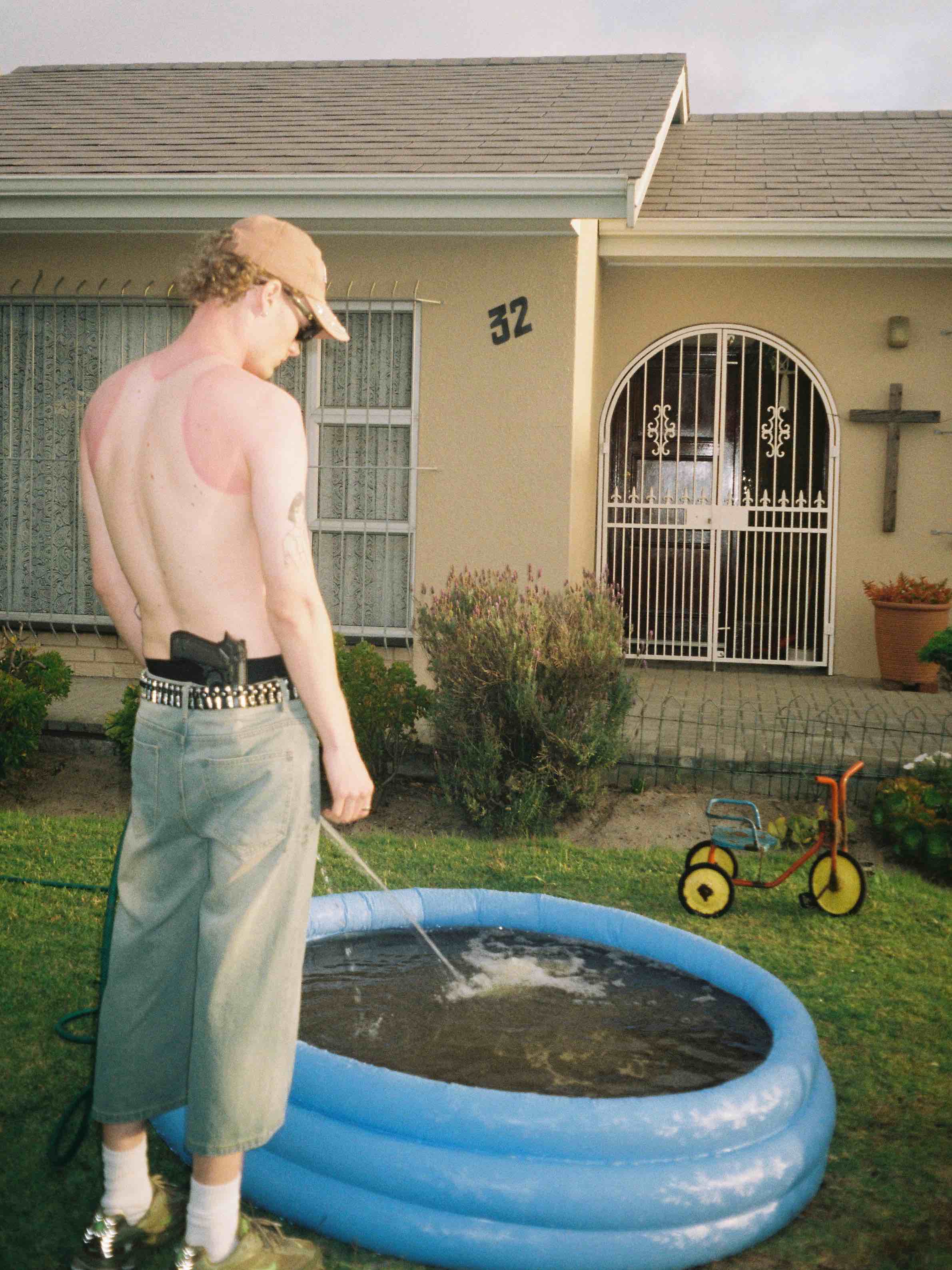
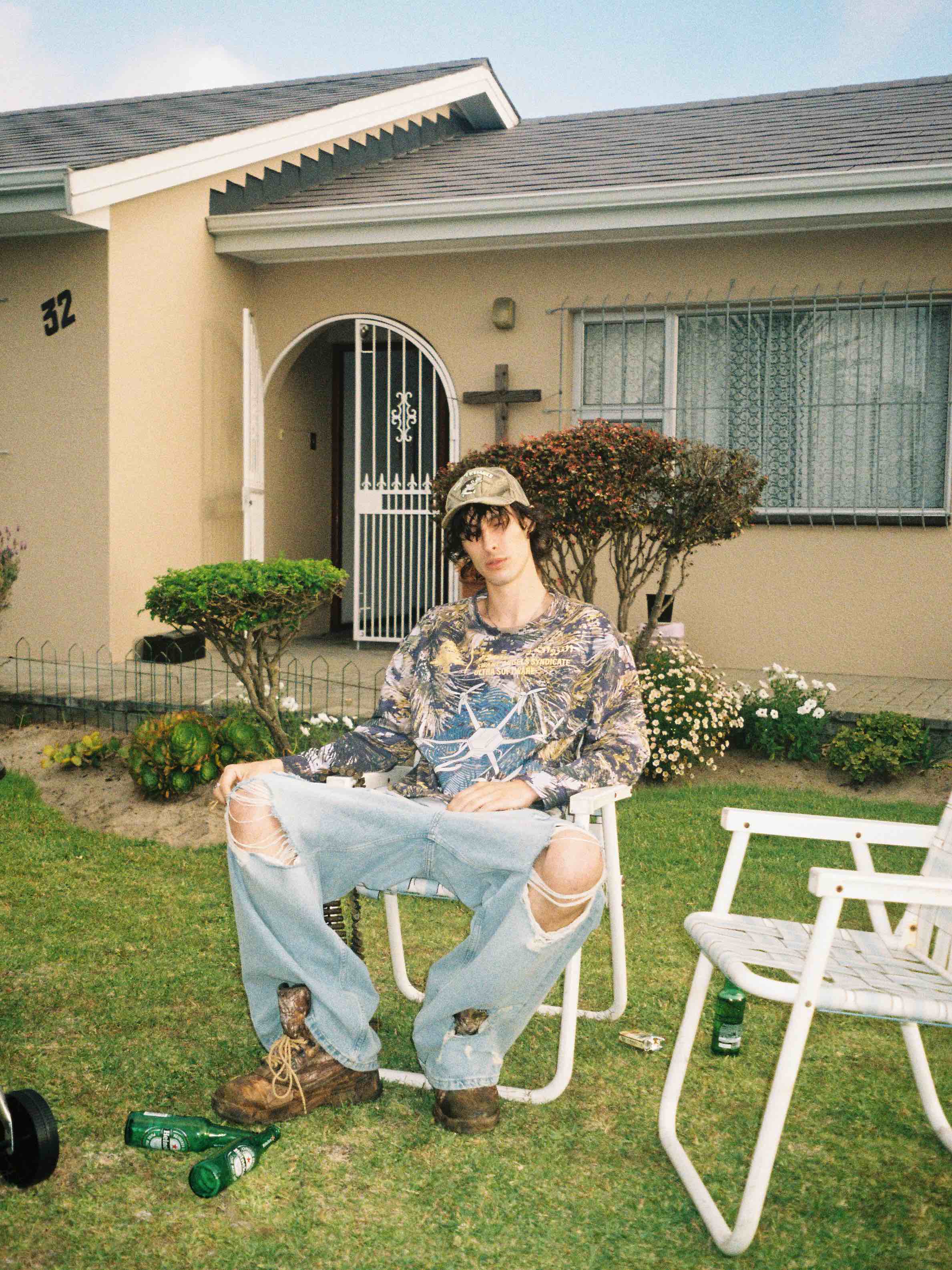
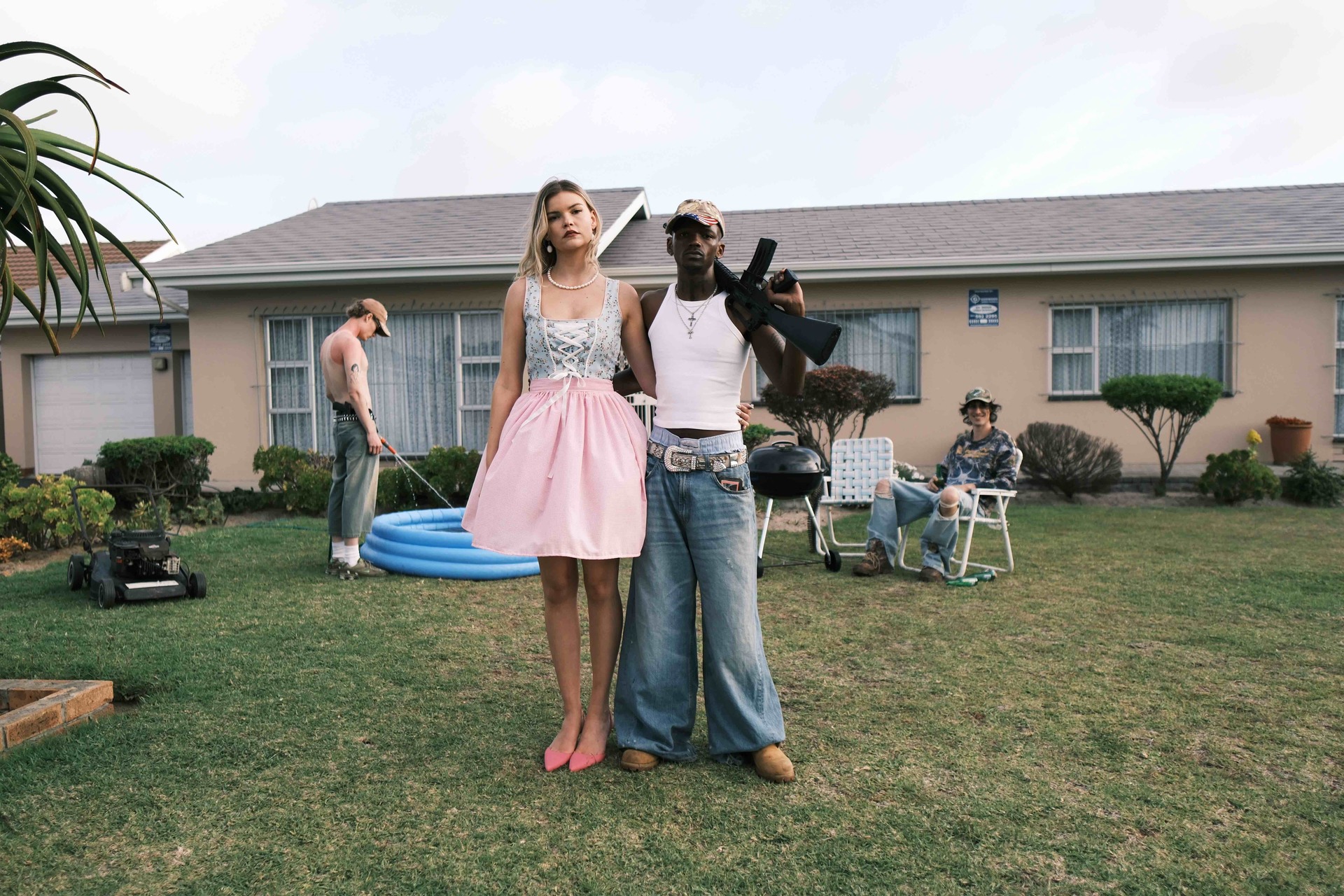
Recent Comments